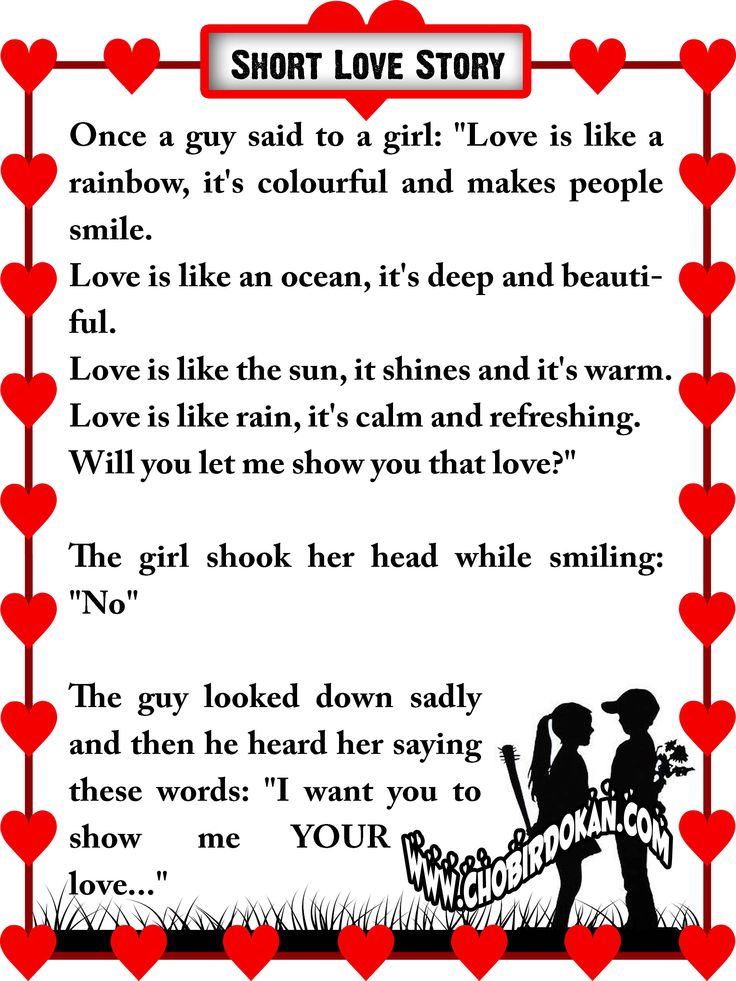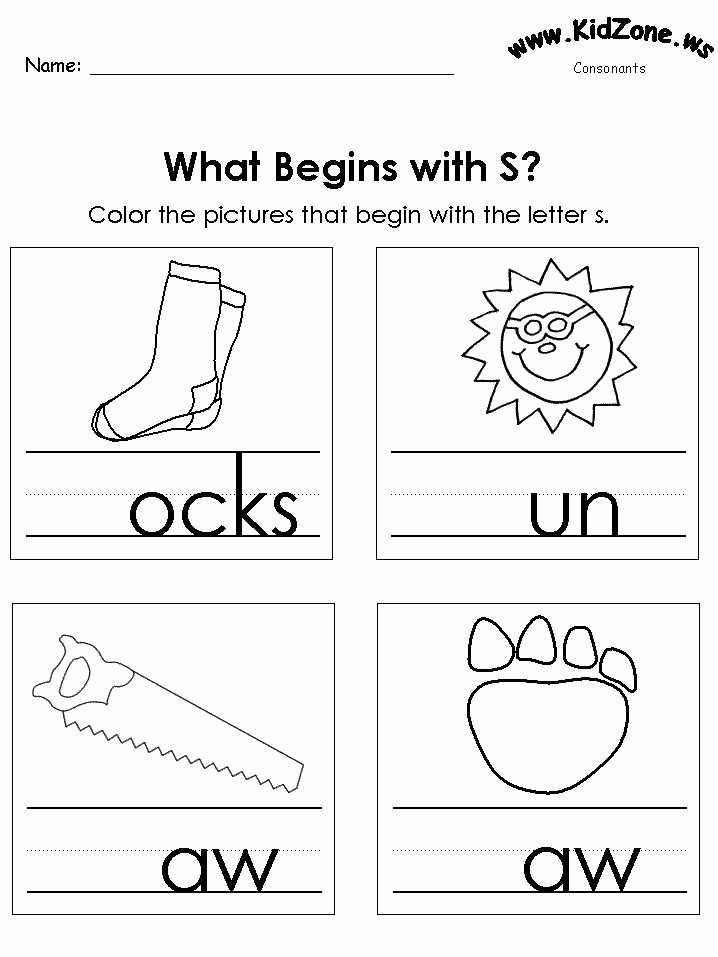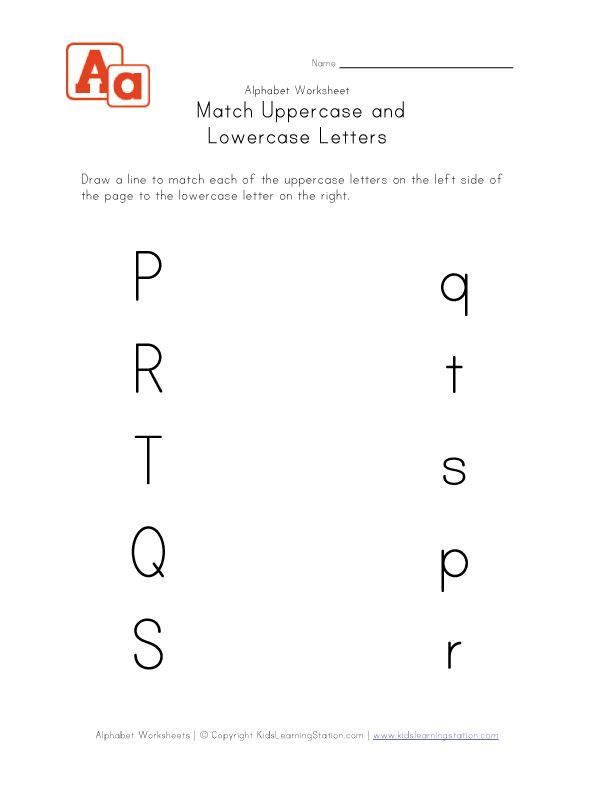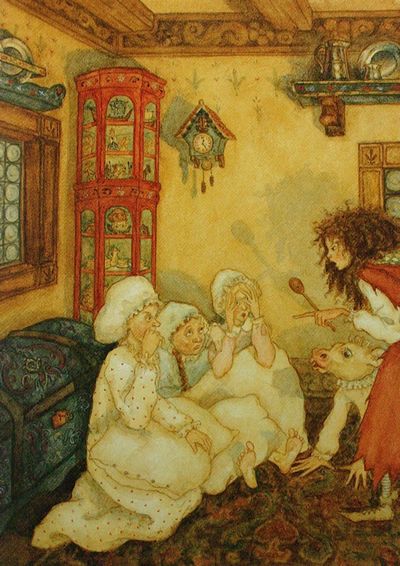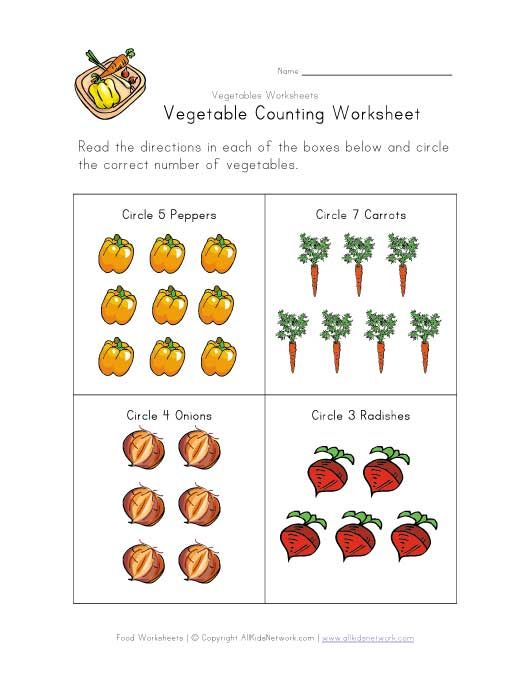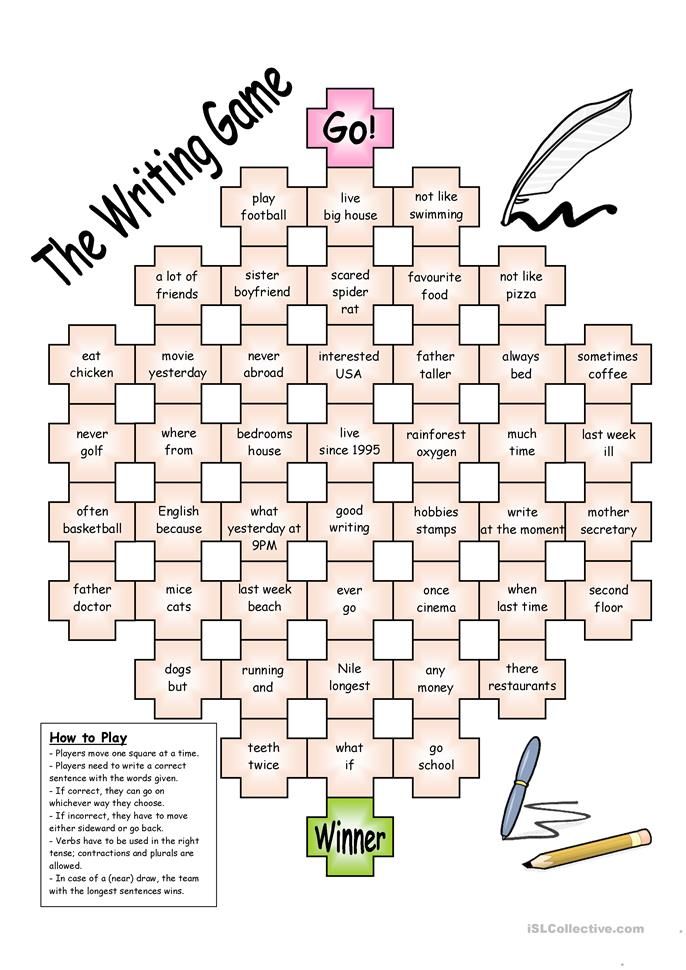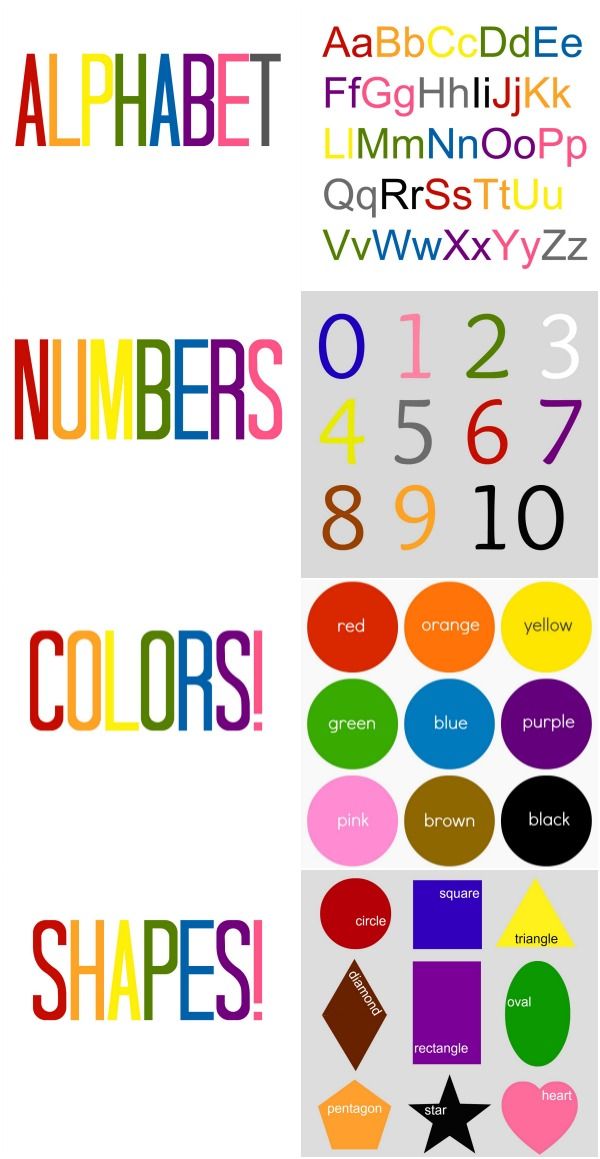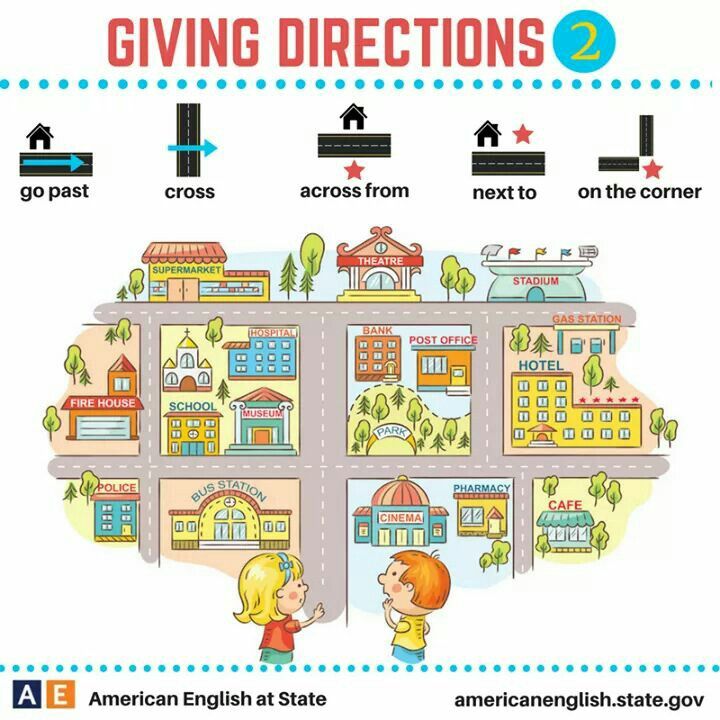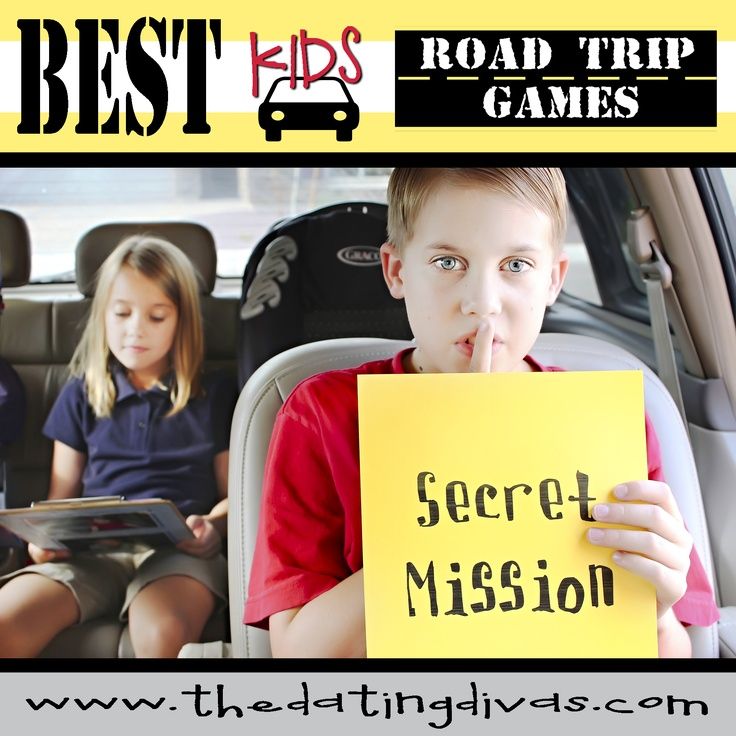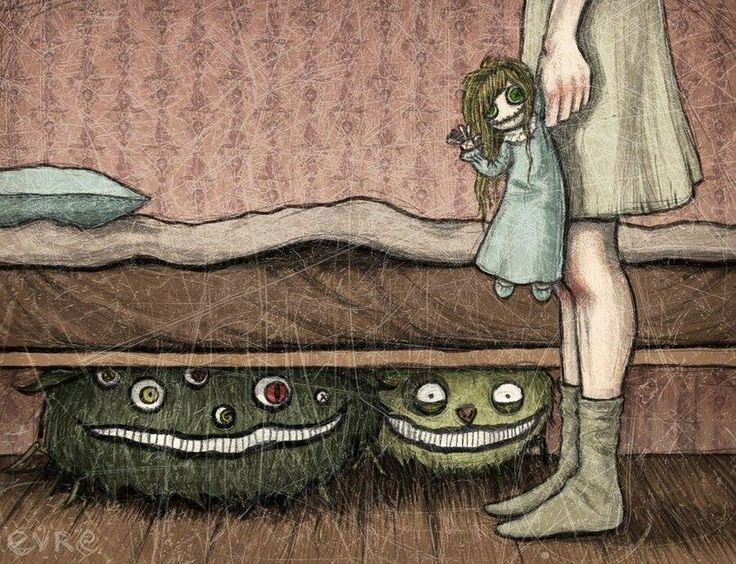Learning how to read books for kindergarten
25 Best Kindergarten Books To Read: Complete List For Teachers
The best kindergarten books to read aloud and by oneself can range widely from fictional tales to books with interesting facts. While students may have preferences in terms of what genre they love, you can encourage them to expand their reading horizons by introducing them to a diverse range of books.
To start with, you can reference a reading framework to measure your student’s reading level, such as the Lexile score, and add books from those levels to your class library or reading list. Books that meet your students’ reading level can help foster a love for reading as they gain confidence in their reading ability.
We’ve compiled a list of our favorite books that are perfect for kindergarten readers. You can open a chapter from any of these books and let your kindergarteners immerse themselves in these new worlds. While many of these have unique stories, they are all designed to teach students valuable lessons such as courage, determination, hard work, and leadership.
Reading can bring immense joy to young readers as they explore new worlds and discover new ways of thinking. You can introduce a wide range of books that can be relevant to their experiences and give them a sense of direction in their reading journeys. The books to read to kindergarten students are the ones that they can remember for years.
1. Waiting Is Not Easy by Mo WillemsThis storybook for kindergarten children revolves around the dynamics of Gerald and Piggie, and their approach to asking for things. While one is patient, the other is demanding, making their friendship unique and full of twists and turns.
Category – Humor, Fiction
Takeaways – The simplicity of waiting rather than throwing a tantrum
Special Note – You can role play as the characters and speak aloud sentences for maximum engagement.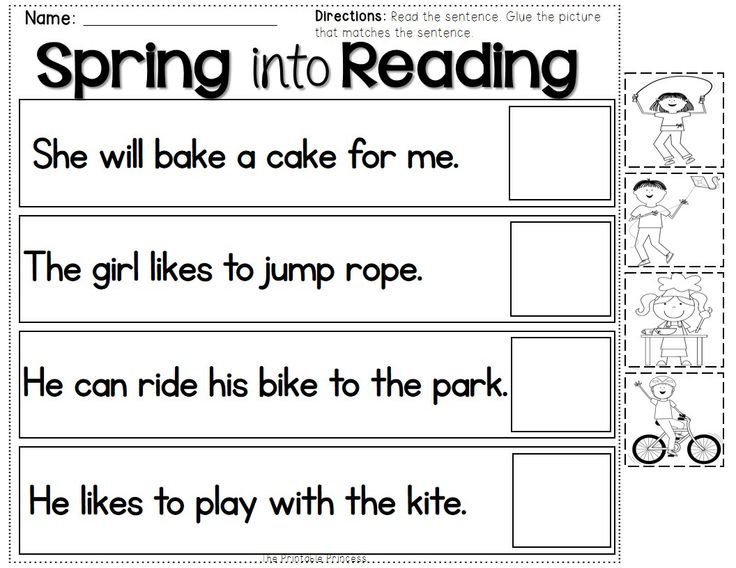
This engaging tale of the mouse talks about what happens if you take a mouse to school. It teaches cause and effect while exploring everything that waits for the boy and the mouse at school. It is one of the best books to read in kindergarten to instill equal parts confidence and empathy.
Category – Fiction
Takeaways – Courage and kindness go a long way
Special Note – This book is perfect for kids that may feel anxious on their first day of school
3. Firebird by Misty CopelandMisty Copeland, the distinguished ballet performer for the American Ballet Theater, takes young readers on a journey to reaching the stars. She describes a blueprint for young girls to strengthen their faith in themselves while becoming as fearless as the Firebird.
Category – Fiction
Takeaways – The rewards of hard work shine through
Special Note – The book can be used as a guide on achieving long-term goals for kids
Related Reading: Popular Nonfiction Books for Kids to Read & Cherish4.
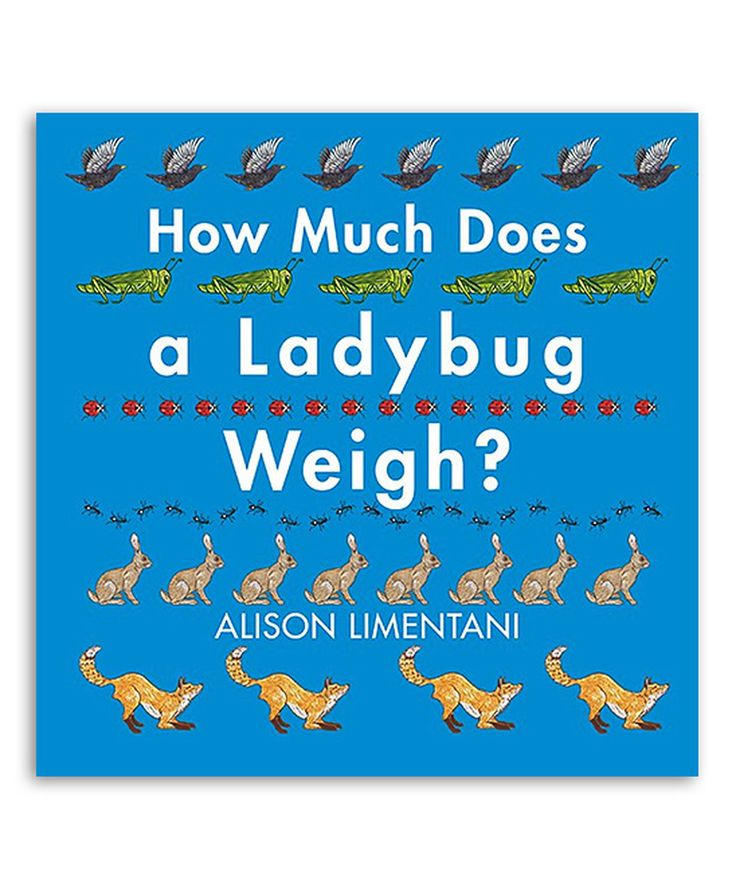 I Am Enough by Grace Byers
I Am Enough by Grace ByersIt is a great book to read in kindergarten and practice reading aloud in class, as it empowers young women around the world to strengthen their self-esteem. “Like the trees, I’m here to grow. Like the mountains, here to stand”.
Category – Fiction
Takeaways – Kindness and self-esteem will take you everywhere
Special Note – The book is excellent for young girls to explore their inner gifts
5. The Maggie B by Irene HaasOne of the best books for kindergarten readers, The Maggie B is a tale of a young girl who goes on a magical adventure. It focuses on the power of courage and adventure-seeking when you face the unknown.
Category – Classic
Takeaways – Leadership in times of adventure is essential.
Special Note – You can use the illustrations in the book as a guide to the text.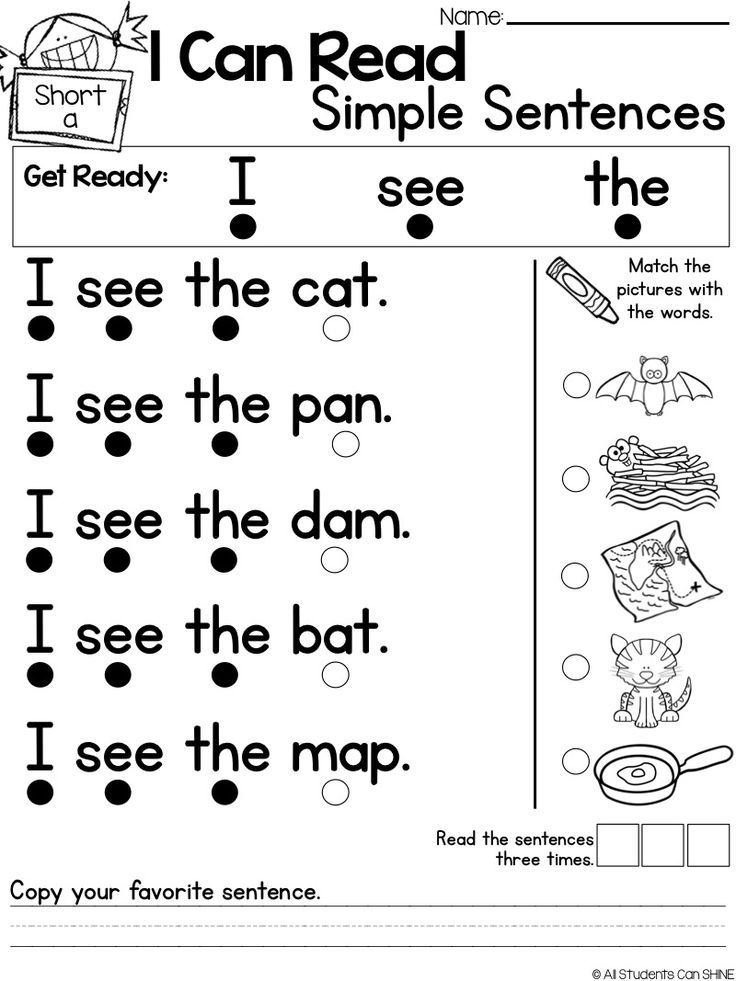
This classic kindergartener book revolves around a child who is invited by royalty to tea. It is a visual masterpiece in its design and has lessons that children can use for years. You can start by exploring the underlying themes within the book.
Category – Classics
Takeaways – Humility, compassion, and kindness are traits all kids should imbibe
Special Note – You can sing aloud the rhyming sentences in the class
7. Where the Wild Things Are by Maurice SendakAnother classic tale for kindergarten children, the book focuses on how anger can impact our own sense of wellness and affects those around us. Max wears a wolf suit and causes chaos within his home and his surroundings, eventually going outwards to seek the wild.
Category – Picture book, Classics
Takeaways – The role of anger in the lives of young kids
Special Note – You can focus on teaching the importance of empathy and compassion
8.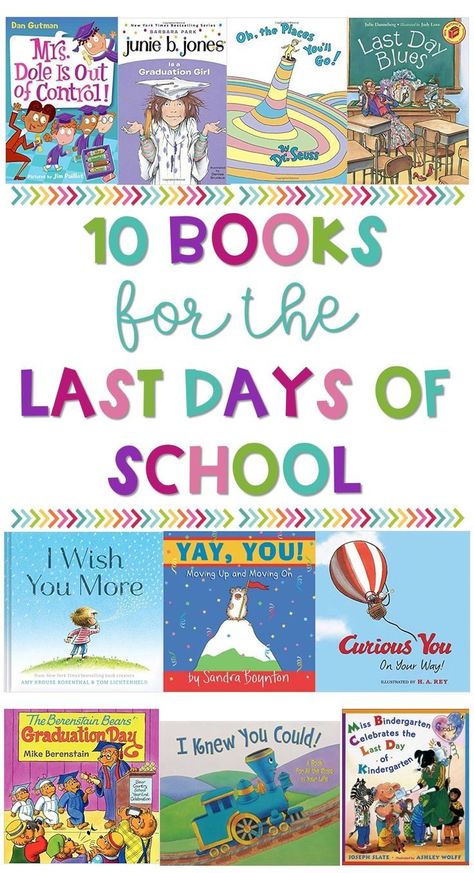 Yo! Yes? by Chris Raschka
Yo! Yes? by Chris RaschkaThe book focuses on how easy it is to make friendships that can last a lifetime. Cultural differences can be overcome through friendship, showcasing the power of understanding, compassion, and kindness.
Category – Picture book
Takeaways – Similarities and differences between cultures are explored in a simple way
Special Note – You can role-play the characters in the book for maximum impact
9. Cleversticks by Bernard AshleyThis book for kindergarten readers explores how each child can do something special in their field of interest and become better at it. It talks about how school can be a place of magical adventures, where each child can find something unique to focus on.
Category – Picture book
Takeaways – It focuses on how struggles can be overcome to achieve success
Special Note – Groups can be given different tasks to help them grow
10.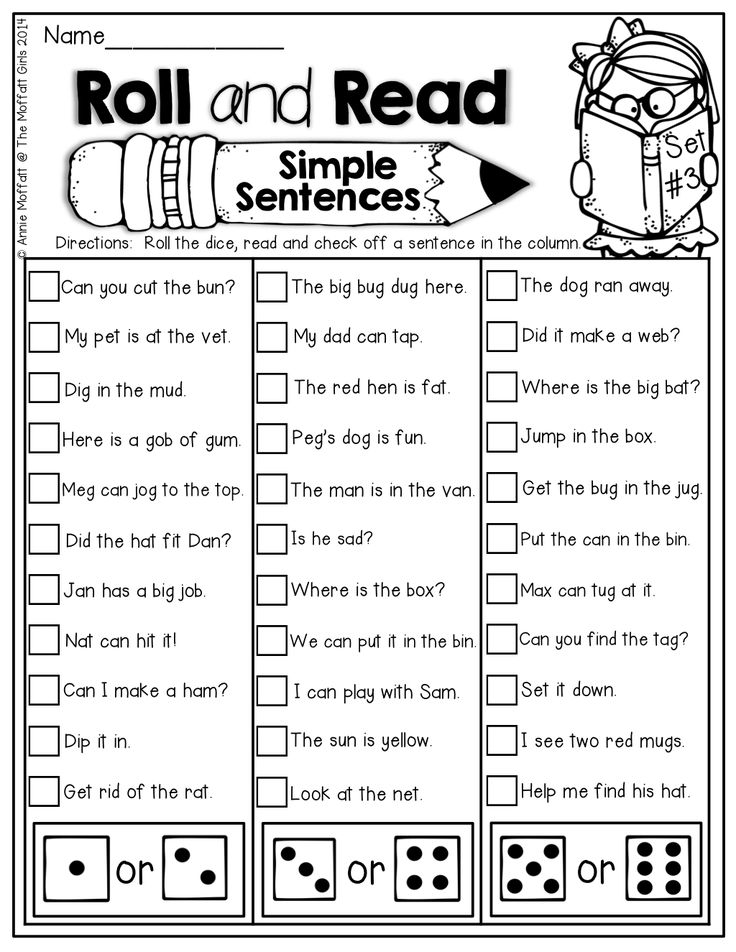 David Goes to School by David Shannon
David Goes to School by David ShannonYoung David causes havoc in this tale, disobeying instructions, being noisy, and writing on desks. David then realizes the importance of being a part of a community and starts to change his behavior to fit in with everyone else.
Category – Fiction
Takeaways – David’s transformation can be an example for all kids
Special Note – You can introduce this book when kids are being unruly and rude in class
11. How Do Dinosaurs Go to School? by Jane YolenThe storybook for kindergarten children describes the journeys of dinosaurs as they enter their first year of school. It reflects many of the emotions that kids feel when they start school and leaves children with a sense of courage, hope, and perseverance.
Category – Picture book
Takeaways – The book’s humorous takes on everyday school activities can help kids adjust to school
Special Note – You can read aloud certain sections with dinosaur sounds
12. Swashby and the Sea by Beth Ferry
Swashby and the Sea by Beth FerryCaptain Swashby’s journey to opening up and being friends with his new neighbors is a relatable theme that all kids can enjoy reading. The role of friendship, family, and compassion are explored in this classic tale.
Category – Classic
Takeaways – By focusing on compassion, the tale connects generations with a common theme
Special Note – The book is great to explore phonics, sight words, etc.
13. Out the Door by Christy HaleOut the Door focuses on a child’s journey from their home to school. It helps kids become more independent, courageous, and resilient as they traverse busy streets, crowded places, and confusing intersections.
Category – Classic, Picture book
Takeaways – The book’s empowerment theme resonates with young readers
Special Note – You can be descriptive about the visuals in the book when exploring themes
14.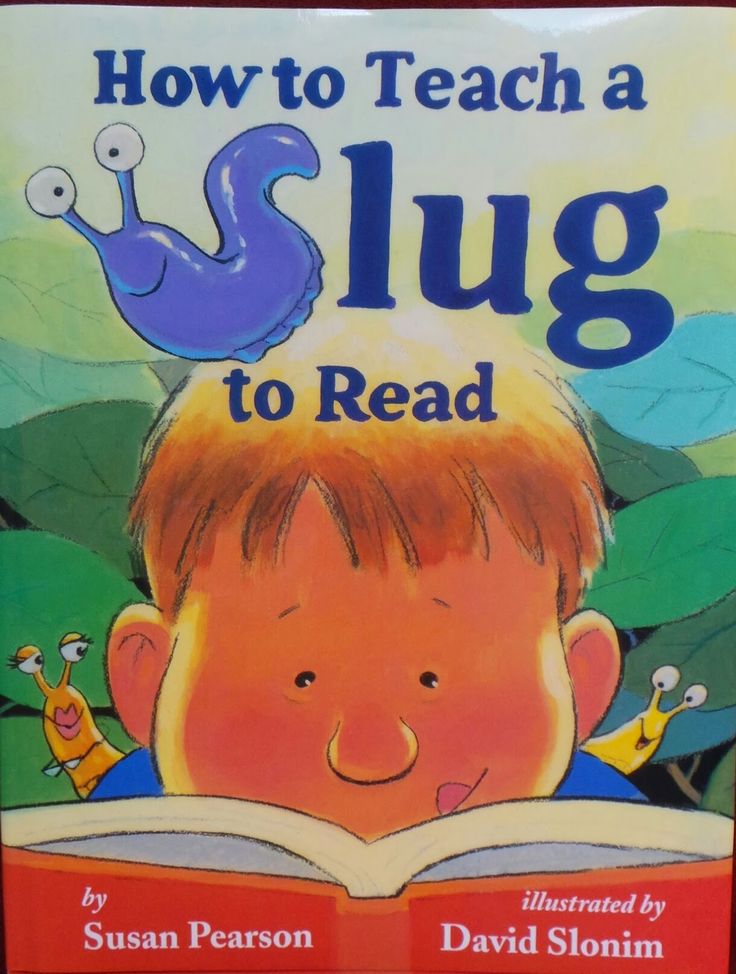 T. Rexes Can’t Tie Their Shoes by Anna Lazowski
T. Rexes Can’t Tie Their Shoes by Anna LazowskiThe book revolves around the challenges that different animals face when doing everyday things. It shows strength, perseverance, and grit when animals continue to try things that they are not good at. It’s a light and casual read that will have children hooked, and kindergarten books to read can be for fun and pastime, too.
Category – Funny
Takeaways – Kids should always try their best and focus on improving their skills
Special Note – You can emphasize how different characters in the book refuse to give up
Related Reading: How Phonological Awareness Helps Kids Develop Early Reading & Writing Skills15. Thank You, Omu! by Oge Mora
One of the best books for kindergarten students – Thank you Omu! focuses on how generosity is reciprocated multiple times.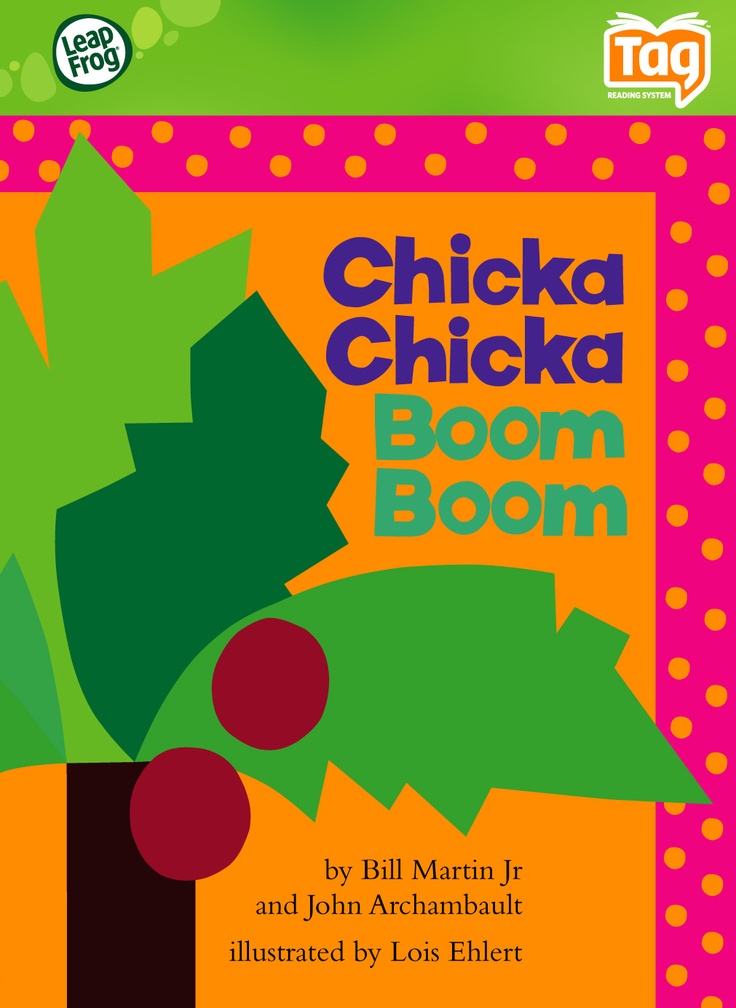 The gifts given by the lady were impactful to her community, leading the community to give her gifts in return.
The gifts given by the lady were impactful to her community, leading the community to give her gifts in return.
Category – Picture book
Takeaways – The gift of giving is a key theme underlying the narrative
Special Note – You can talk about similar themes in kids’ everyday lives and how giving feels good
16. All Are Welcome by Alexandra PenfoldThis New York Times bestseller talks about how everyone is welcome in school and how everyone can explore their interests equally. It goes into more detail on how large-scale communities are built through diverse ideas, cultures, and backgrounds.
Category – Fiction, Picture book
Takeaways – Diversity is a key theme in the book, which is a great lesson for kids
Special Note – You can give real-life examples of how diversity benefits different jobs, industries, countries, etc.
Wemberly is always worried about getting hurt, falling ill, and other hypothetical situations. You can unpack the demerits of constantly worrying and how the world can be a joyful place to meet new people and do new things.
Category – Fiction
Takeaways – The role of fear and courage are expressed in this book
Special Note – You can alleviate the fear of school by reading snippets from this book
18. Kindergarten Rocks! by Katie DavisThe book Kindergarten Rocks! is a timeless classic that covers ground on how kids may feel when starting kindergarten. The feelings of anxiousness, fear of the unknown, and social nervousness, are described through illustrations and rich narratives.
Category – Classic, Picture book
Takeaways – The book focuses on early anxiousness when starting kindergarten
Special Note – You can make your students feel at ease with this one
19.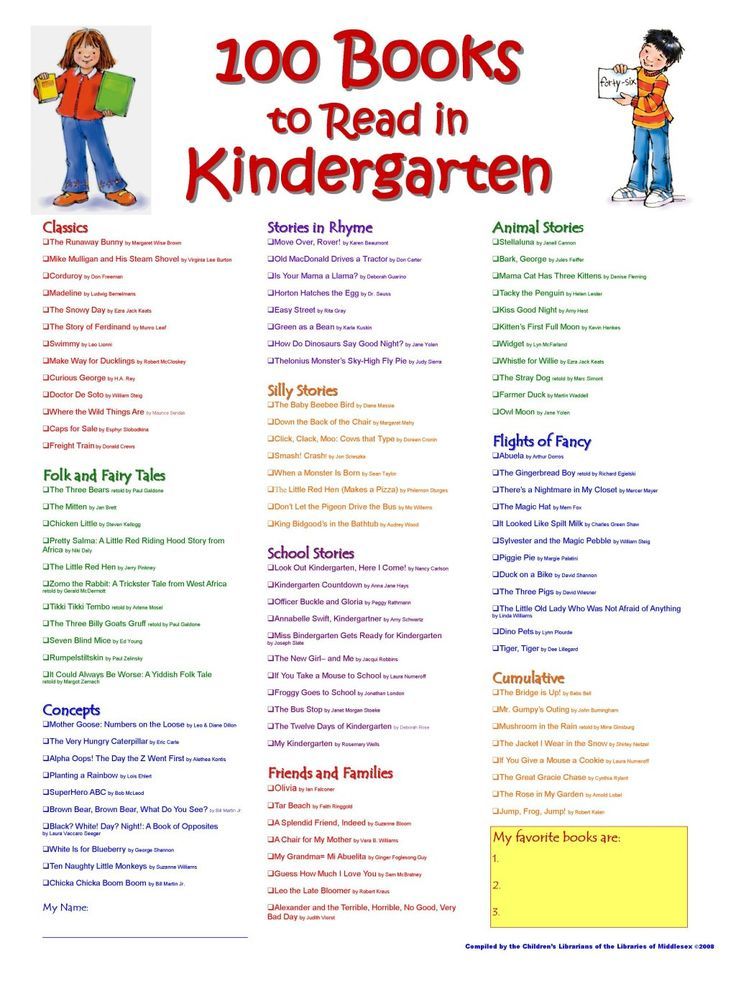 The Three Little Fish and the Big Bad Shark by Ken Geist
The Three Little Fish and the Big Bad Shark by Ken GeistThis feel-good adventure of fish and sharks takes students through the deeply engaging journey of young adults and how they face multiple challenges as they grow older. The shark follows the little fish everywhere and eventually gives up, with the fish living happily ever after.
Category – Picture book
Takeaways – This book focuses on the value of trying to find a way
Special Note – Kids can learn about how helping each other out is important for all animals
20. What Does It Mean to be Kind? by Rana DiOrioThe book captures what it takes to be kind and how one can transform an entire community through kindness. The impact of kindness and how it can spread to other people is also a key theme explored in the book.
Category – Picture book
Takeaways – The value of kindness and how it can evolve thought is a critical theme
Special Note – You can leverage the book to introduce empathy as a concept in class
21.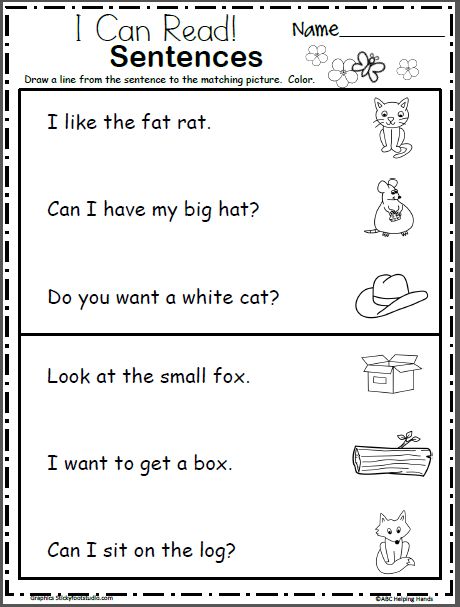 I Don’t Want to Be a Frog by Dev Petty
I Don’t Want to Be a Frog by Dev PettyThe immersive and illustrative book features a young frog who wants to change who he is because he doesn’t like himself any longer. The book focuses on the dynamics of nature, self-acceptance, and appreciation for differences in people.
Category – Picture book
Takeaways – A fun adventure narrative that empowers kids to be themselves
Special Note – You can use toys and props when reading along
22. What Color Is Night? by Grant SniderIf you’re looking for metaphor-rich and adventurous kindergarten books to read, this book takes readers on a journey into the night. The vivid descriptions of how the world changes at night captivate even the youngest readers, making this a must-read for students.
Category – Picture book
Takeaways – The night evolves into darkness, with a bright cloud always around the corner
Special Note – You can use this book as a reference guide to art class as well
23.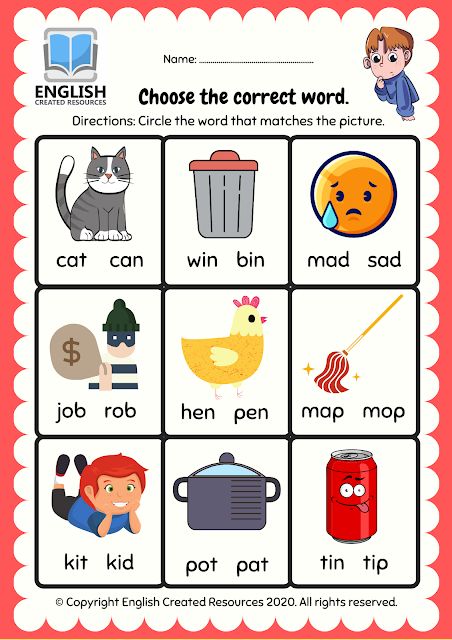 Locomotive by Brian Floca
Locomotive by Brian FlocaThe book takes children on an adventure across the country, through the fascinating means of transportation at the time – trains! Many of the intricacies of locomotives are explored through a fictional tale that captures the attention immediately.
Category – Historical Fiction, Picture book
Takeaways – The advancement of technology and culture are a key area of exploration in the book.
Special Note – This is a great book for kindergarten students when introducing American history.
24. Bach to the Rescue by Tom AnglebergerAn interesting tale of how Bach could have invented some of the most brilliant pieces of music, the book extracts from the composer’s journey and simplifies it for younger audiences. You can read this book aloud and introduce concepts such as confidence, perseverance, hard work, etc.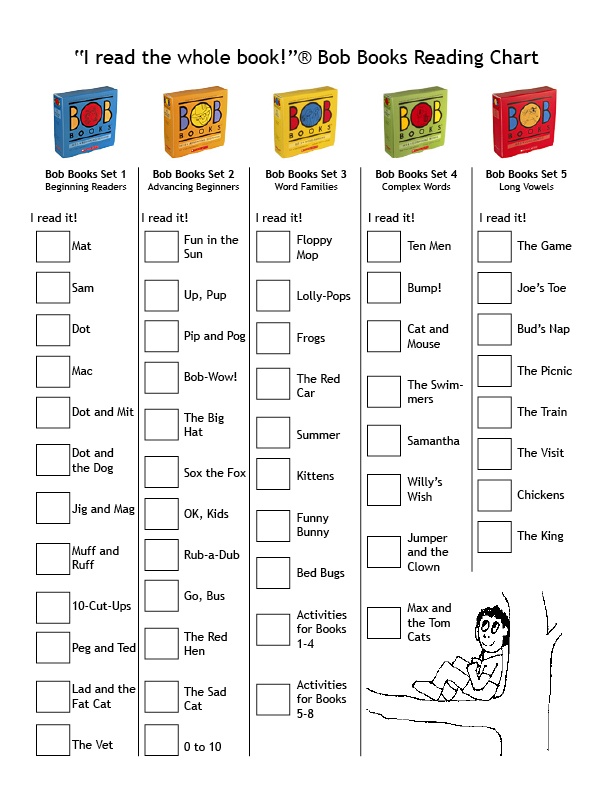
Category – Historical Fiction, Picture book
Takeaways – The challenges that a young Bach faced can be inspirational for younger generations.
Special Note – You can introduce this book as a precursor to the evolution of music worldwide.
25. A Picture Book of Harriet Tubman by David A. AdlerHarriet Tubman’s inspiring journey is captured visually through the book, sharing accounts of her heroic deeds in a manner that is readable by younger children. Her courage, determination, and grit are expressed throughout the passages, serving as a great example for kids.
Category – History
Takeaways – The book focuses on her journey and highlights her courage when facing challenges.
Special Note – The book can serve as a guide on building inner strength among younger children.
Related Reading: How to Teach Reading to Kids: Best Strategies for ParentsFrequently Asked Questions (FAQs)
How do I know if a book is right for my kindergarten students?
A key factor in knowing if a book is suitable for your students, apart from reading levels, is to gauge engagement.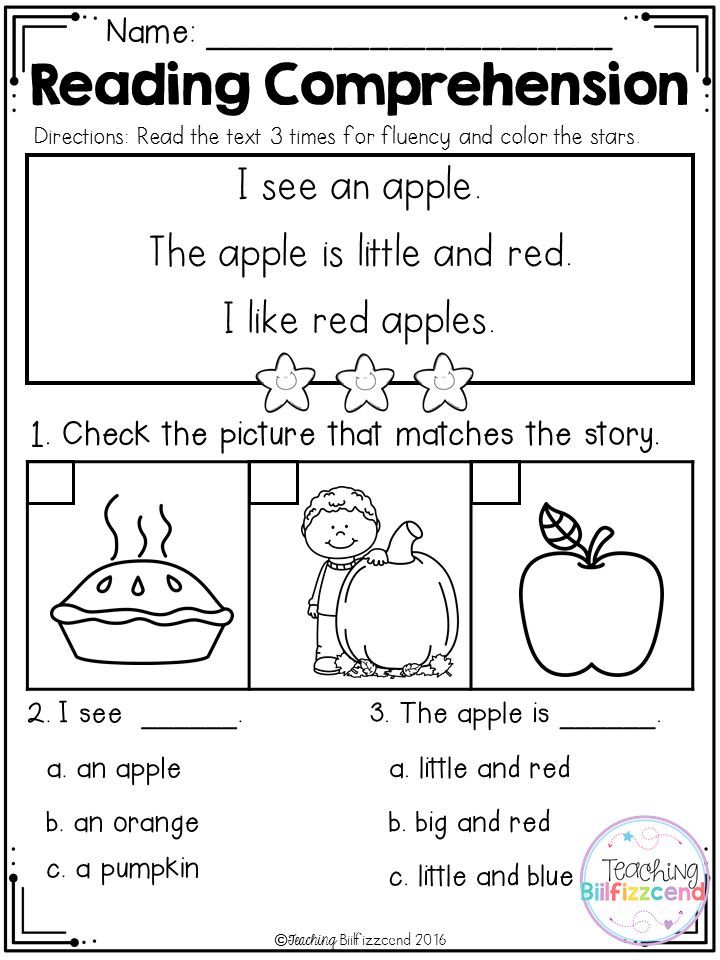 If your class is drifting away or showing a lack of concentration, it is ideal to try another book.
If your class is drifting away or showing a lack of concentration, it is ideal to try another book.
What is the reading level of a 5-year-old kindergartner?
Level-A reading and basic Lexile-Band reading are generally regarded as the appropriate categories of leveled reading books for kindergarten students. At this level, illustrations are present at regular intervals to help the reader figure out where the story is heading. Sentences in leveld books are usually repetitive. using only one or two syllable words, making them the best books to read for kindergarten.
What genre of books is ideal for kindergarten kids?
There is no single genre that is right for kids. However, it is essential to diversify when it comes to reading. Historical novels, comedic books, classic tales, and picture books should be used throughout the year. You can also get them kindergarten books to read online so they can access multiple genres.
15 Must Have Kindergarten Books for Ages 3 to 6 Years Old
These early reader kindergarten books will help your child learn to read in no time! This list of classic reading books is the perfect place to start reading with your preschool and kindergarten age child!
Whether your child is just starting to learn their letter sounds, or has already started sounding out simple words, these kindergarten books are a great resource for any parent looking to help their child learn to read well!
One of the best ways to help your child learn to read and learn to LOVE reading, is to read TO them! You can also let them read the “simple” words in a larger book to help them get comfortable reading.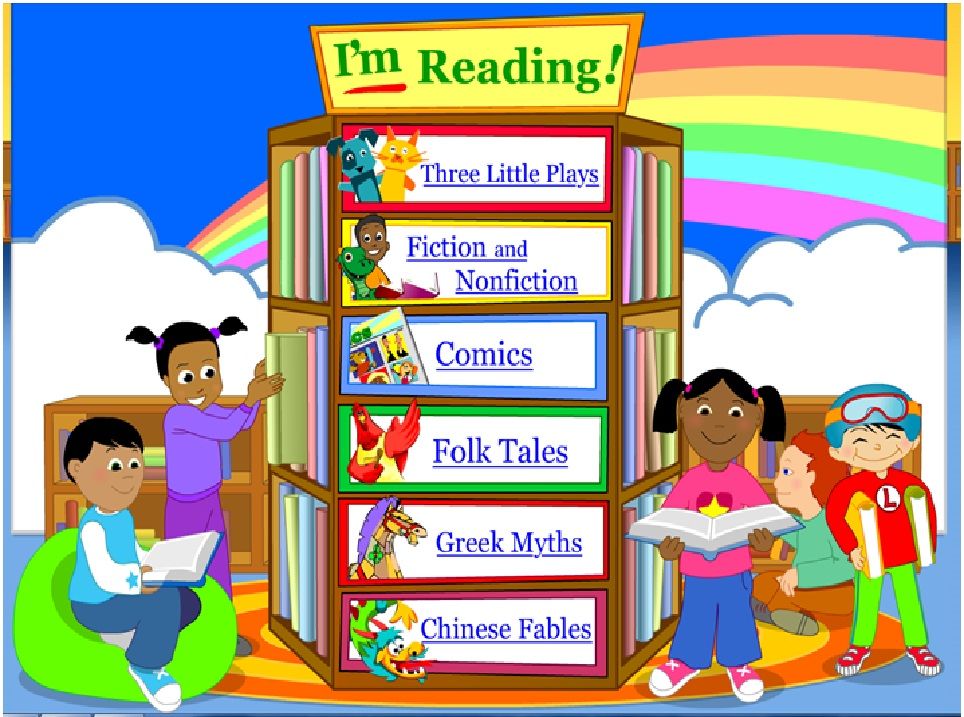
As a pre-school and kindergarten teacher, I have taught many children to learn to read and I know it can seem nerve-wracking! But with a few quality resources you really can teach your child to read!
While I’m including a few early readers, most of these books are for you to read to your child. Again, pick a few words and let them read that word (or words) EVERY time it appears!
For example, the words AND and THE make really good words for them to look for and read each time. Or, if a book has a set of words that repeat frequently throughout the book, let them read those instead.
This method of letting the child look at the words while you’re reading (use your finger to mark where you are so they really can follow along) is a great way to let them naturally learn sight words and phonics rules at the same time.
Classic Books for Kids
These books are classic books that will not only help your child learn to love reading, but that spawn fun activities, deep questions, and life lessons along the way!
Each one of these books for early readers has more information if you click on the title or the cover.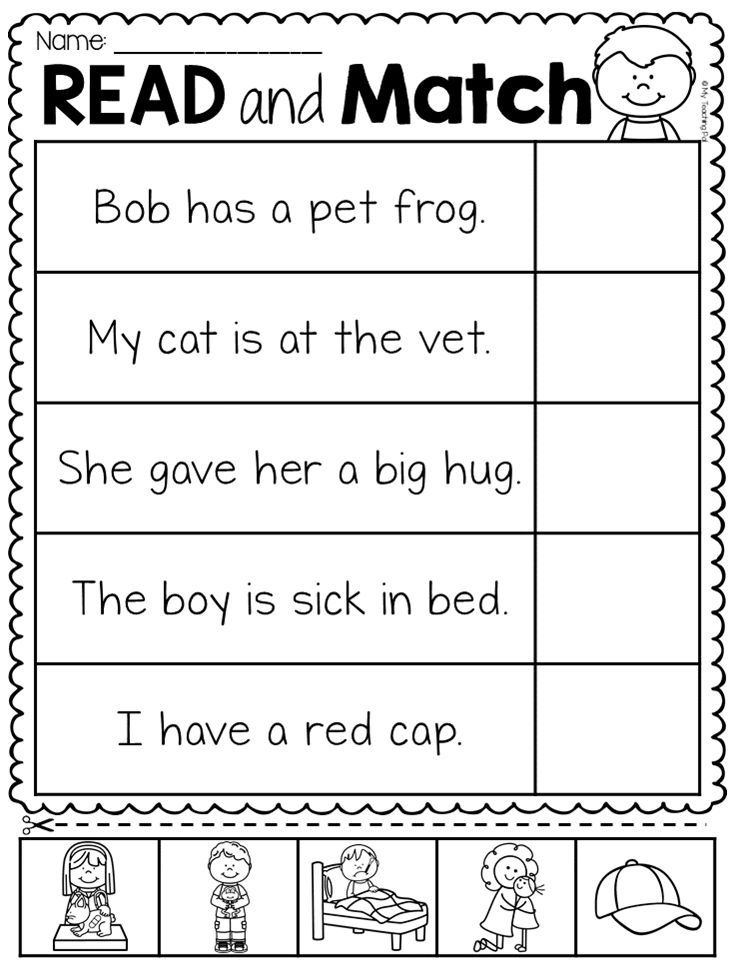 You can find matching activities, questions to ask your child as you read, even free printables! Be sure to dive deeper into each of these classic books!
You can find matching activities, questions to ask your child as you read, even free printables! Be sure to dive deeper into each of these classic books!
Little Red Riding Hood
Little Red Riding Hood is a cautionary tale that all children should hear. With many lessons to learn, it’s a very important book! But it can also be a super fun book to read and pretend play with too!
>> Learn more about Little Red Riding Hood, and get a free wolf mask printable!
Corduroy
Corduroy is a simple tale of hope and friendship that will tug on the heartstrings of all who read it! Try these Corduroy book lesson plans- two activities- simple sets of questions for reflection on themes and to check understanding.
>> More on learning with Corduroy!
Blueberries for Sal
Blueberries for Sal is everything a good piece of children’s literature should be: beautiful words and illustrations, a hint of silly, and lovely to read over and over again! Plus, it’s another great story to act out!
>> Learn more about Blueberries for Sal, and get a free bear mask printable!
If you Give a Pig a Pancake
A modern classic, to be sure, these If you Give a Pig a Pancake activities bring the beloved children’s story to life! Rich in sensory experiences as well as fine and gross motor skills, these fun activities will bring a smile to everyone’s face!
>> Get the If you Give a Pig a Pancake activity details now!
Make Way for Ducklings
Make Way for Ducklings is one of those classic, simple children’s stories that everyone wants to enjoy again and again.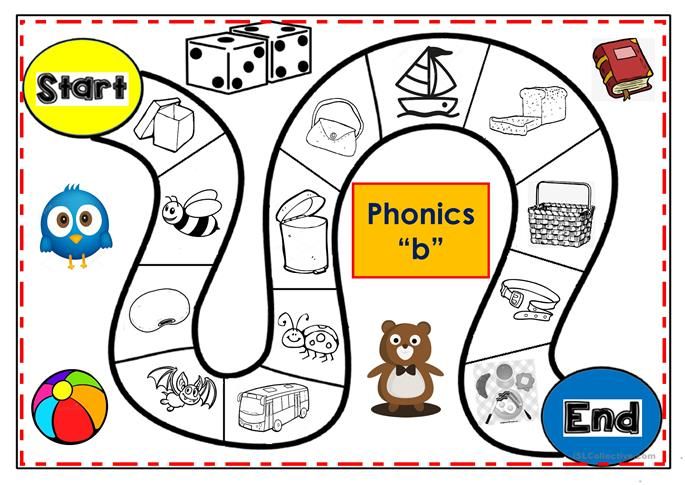 Written and illustrated by the same author as Blueberries for Sal, the story is similarly sweet and the illustrations are equally beautiful.
Written and illustrated by the same author as Blueberries for Sal, the story is similarly sweet and the illustrations are equally beautiful.
>> Get the Make Way for Ducklings unit study information!
Early Reader Books
In this section, you will find books that children can start learning to read on their own! With many small words and a general focus on rhyming words, these books are a wonderful way to get kids excited about reading!
While they might not be “classic” books in the same way that Little Red Riding Hood is a classic, they are still well loved tales that have been used in classrooms for many years!
Fox on a Box
Created in consultation with a language expert, this book is part of an engaging phonics-based series, especially written to help your child learn to read. Not only is the story great fun, it also takes into account recent research on the most effective ways of teaching reading. Fold out pages add to the enjoyment.
>> Get Fox on A Box now!
Fancy Nancy: JoJo and the Twins
Many young children are familiar with Fancy Nancy, and this My First I Can Read book is a great introduction to self-reading with characters they already know.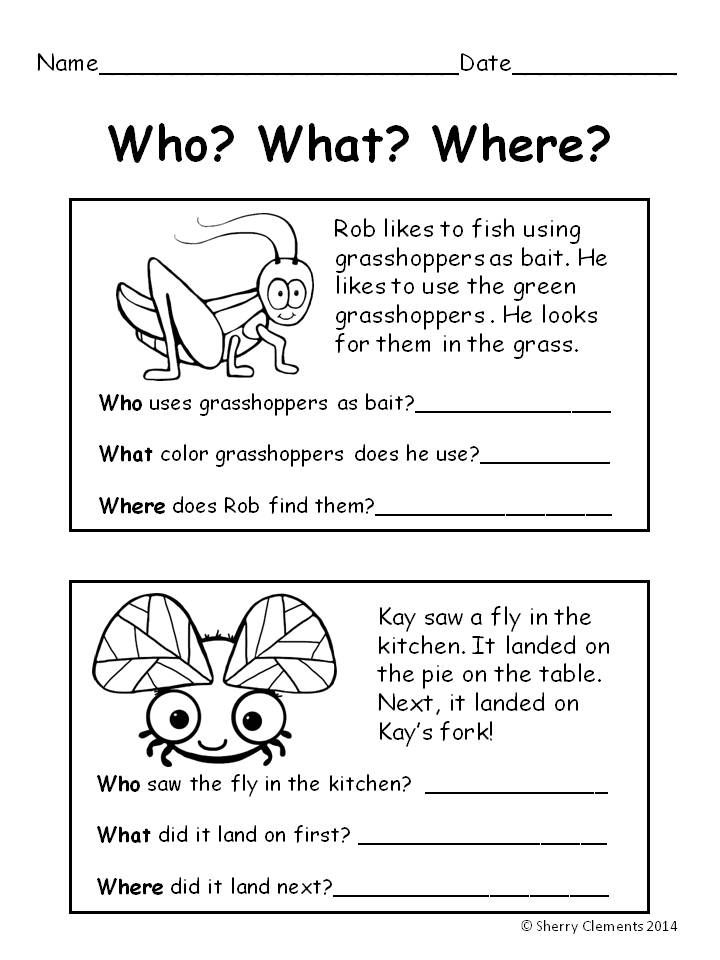 This book is crafted for beginning readers using basic language, word repetition, sight words, and charming illustrations.
This book is crafted for beginning readers using basic language, word repetition, sight words, and charming illustrations.
>> Get Fancy Nancy: JoJo and the Twins now!
Biscuit Plays Ball
Biscuit is considered “everyone’s favorite little yellow puppy” and he’s been delighting readers for decades! Perfect for any small child, the Biscuit books are sweet and simple with timeless artwork that is very reminiscent of the 1940’s early readers!
>> Get Biscuit Play Ball now!
Little Critter Book Pack
With over 60 years of fun-filled adventures, Little Critter really IS a classic! My husband grew up on these books and our son has loved them since he was just over a year old!
Instead of recommending a single book, I would recommend getting this entire set of 5 Little Critter books to enjoy with your child!
>> Get the 5 book Little Critter set now!
Need Help Getting Started with Phonics?
Sometimes a little “formal fun” is what a child needs to help them solidify the phonics concepts.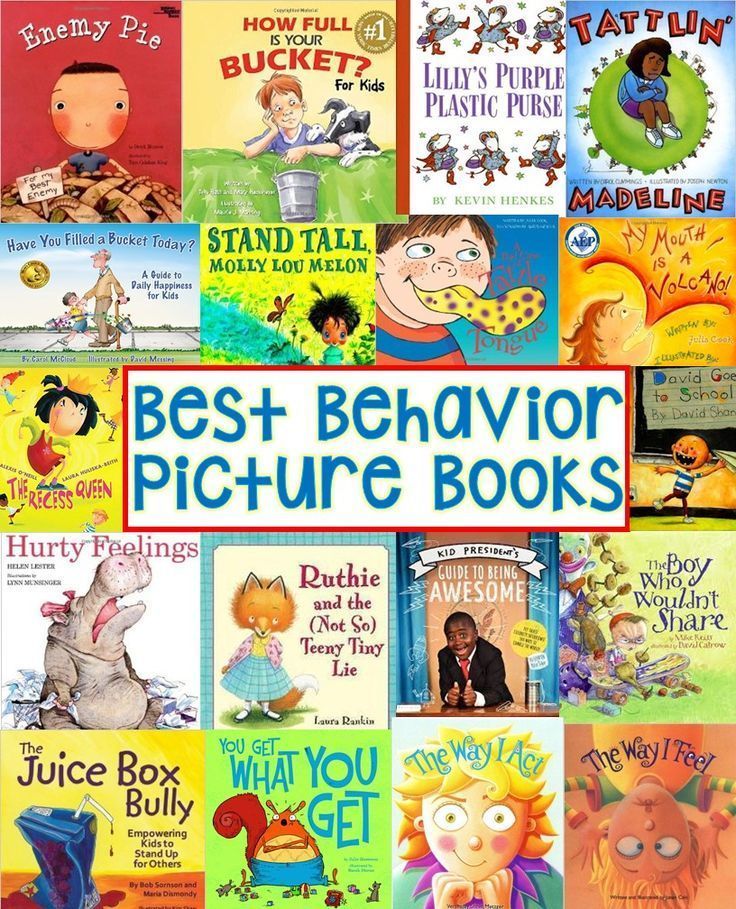
If you need a fast win, these instant download printables are perfect for helping your child over the reading hurdles they are facing!
PIN THIS FOR LATER
More Learning Ideas
Article "Why read books to children?" for kindergarten
Do modern children need books?
More than once I have heard the opinion: “Modern children of books do not are reading." Indeed, in our lives more and more time is occupied by TV, advertising, computer games and the Internet. There is a dangerous downward trend children's interest in books. This problem requires us to take action to awakening true spirituality through the book.
Folk songs and rhymes, short rhymes and simple tales - one of the first sources of knowledge of the child. They help the child learn and remember new words form his world of desires and feelings. The little man is the most a devoted admirer, ready to listen to his favorite works again and again.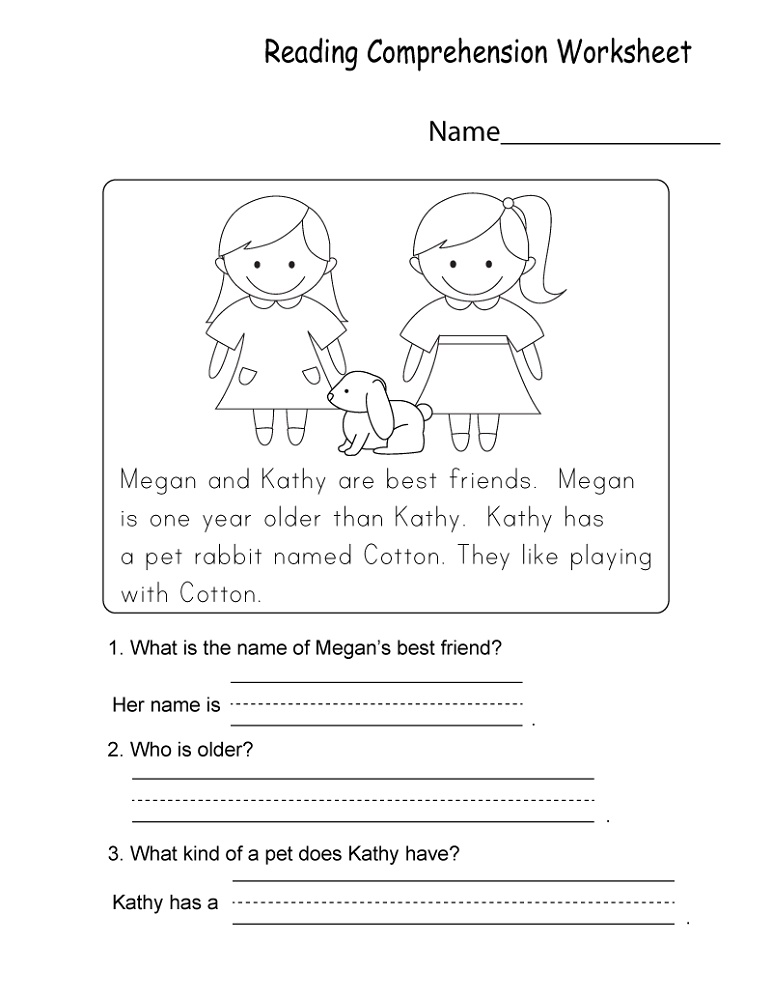 nine0003
nine0003
But gradually the parents read books to the baby less and less, and he, in his turn, less often asks them about it. Reading books is minimized and replaced watching cartoons and TV shows. Why it happens?
This is primarily due to the fact that parents have to put a lot of time and effort into your work. Trying to fully provide for the child, willy-nilly, they sacrifice attention to him. What can be said here? Of course, all parents love their children and want to see them happy, smart, kind and educated. But for a child, in addition to clothes, food and numerous toys, we need our love, care, understanding and our time. After all, it is from us and our active participation depends on the present and future of children! And we hope that all formed by itself. There is a good proverb: "What you sow, you will reap." And to This is the best way to interact with children. When a child grows, then we will need his attention and participation. And then it is unlikely He, too, will find for us a little warmth, time and strength. nine0003
The second reason, or rather an excuse for parents, is the lack of knowledge of what to read to the child and what to do with him. We want the child he himself took the book and leafed through it, he himself studied the letters and numbers, he himself built from cubes garage and the whole day imported and exported cars from it. But before us the most difficult task is to teach the child to communicate, play, understand what is happening in the world, perceive nature, music, poetry ... Therefore, adults you need to know and be able to do a lot, and for this, no matter how trite it sounds, it is necessary constantly learn. We must always go at least one step ahead of the child, to keep him interested. nine0003
It is important to take into account that the baby feels a lack of desire from the mother or dad to establish a trusting relationship with him. And if we can't master the art of communicating with our child and do not want to spend our precious time, the baby will subconsciously begin to look for a substitute for communicating with us, parents, and "a cure for boredom. " And find! What could be easier than lying down on the couch and follow the bright events on the TV screen. And soon time, it will be quite problematic for us to distract him from this lesson. An endless stream of uncontrolled information will fill the small child, and who knows how such a passive, unpredictable and largely limited training. nine0003
To broaden the horizons of the child, develop his thinking and attention, to lay the foundations for such an important quality as curiosity, you need to do child as an active participant in the cognitive process. This will help him in further in learning and development and will be the key to success in the future. And the best assistant in this difficult matter - BOOK . The book has always been and always will be. for mankind a great teacher and beloved and interesting friend. She will help the child to know the world around him, answer exciting questions. Without a book the harmonious development of man is unthinkable, because it develops not only intelligence, imagination and memory, but also enriches the emotional, moral and spiritual state of the child.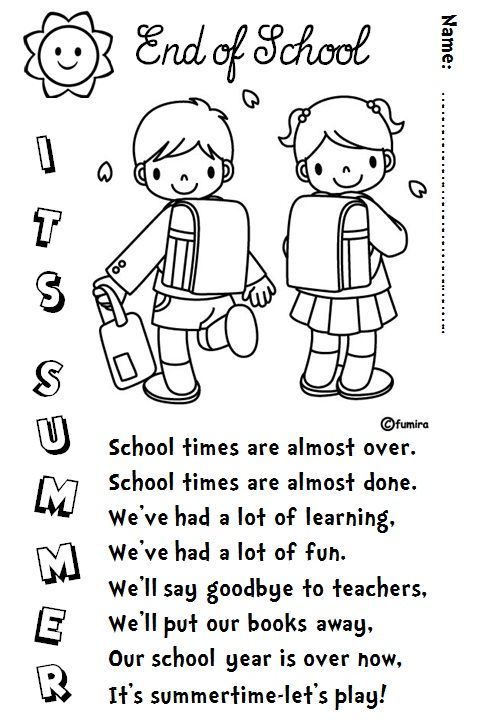 Perceiving and absorbing the language of books, children enrich their speech. nine0003
Perceiving and absorbing the language of books, children enrich their speech. nine0003
But, most importantly, a book is also a way for a child to communicate with adult. What could be nicer for a baby than listening to a mother's voice, feel parental warmth and feel the unique atmosphere of love and tenderness. And how sad it is when a baby is deprived of all this.
A child's love for books is a huge step forward! That's why so It is important to instill an interest in reading from an early age. Unfortunately, many parents miss this time, and many do not understand the meaning of a book in life child. nine0003
The child spends most of his time in kindergarten. Of course, everyone understands how significant the role of a teacher in a child's life is. And it is the educator who cares about his work, who has a desire, relevant skills and knowledge, able to create optimal conditions for development of the child's personality, along with parents to be a direct participant communication, development and education of the child.
What can a teacher do to instill in children a love for books? nine0003
• As you know, children perceive the poetic form more easily. knowledge of the world. Fill your child's day with nursery rhymes, pestles, jokes, persuasion, sentences, bayush-kami-solders. The kids will get used to them and soon they themselves will begin to repeat them with you, programming themselves for good mood. For those who don't like to eat:
"It's not Dr. Aibolit who came to visit today,
" Good Appetite came to visit today!
Big-th took a plate
And well, knock on the bottom:
“Hurry, give me porridge!
Just one spoon!”
For those who don't like to dress up:
Oh, the nightingale sings,
She won't say a word!
Nightingale, nightingale,
Dress up cheerfully,
There, behind the door - Santa Claus,
Pinch on the cheek! Nose pinch!
(Poems by Nina Pikuleva.)
For those who don't want to sleep:
Eyes sleep and cheeks sleep.
Tired babies.
Eyelashes and palms sleep,
Belly and legs are sleeping.
And tiny ears.
Sweetly doze on the pillow. The curls are sleeping, the hands are sleeping,
Only the noses are sniffling.
(An excerpt from a lullaby by I. Gurina.)
• Introduce a mandatory ritual of reading books before each quiet hour. The children have already gone to bed, and 5-10 minutes of reading will prepare in a special way them to sleep. A bright and emotionally read text will cause every child to positive emotions, his imagination will begin to work, and dreams will take him to land of distant and beautiful dreams. nine0003
• Read to children whenever possible: before dinner, after an afternoon snack, on a walk or in bad weather, when you can’t walk outside. Over time, children will develop a need for reading. And your little victory there will be a request of the child addressed to you or parents: "Read a book."
• At first, it is advisable to read the entire work to the children, without asking no questions. And during the repeated process of reading or if the work long, take game breaks. To do this, use the following tasks:
Play breaks while reading.
• Show children pictures in a book and ask them to name item depicted: “Look who is this? And what's that?".
• Invite the children to portray and voice the characters in the book: “Show how the bunny cried”, “Show how the bull walked, swaying.”
• You can ask the guys what is happening with the characters in the picture (boy rides down the hill, the girl slipped and fell, etc.).
• Encourage children to repeat or complete words and phrases. familiar verse. nine0003
• Draw children's attention to colors, sizes, shapes and qualities objects in the book.
• With the children, compare illustrations made by different artists to the same work.
• After reading the story, talk to the children about it. the content and actions of the characters.
• Ask the children which character in this book they would like to be and why?
• Introduce the children to some of the most famous children's writers.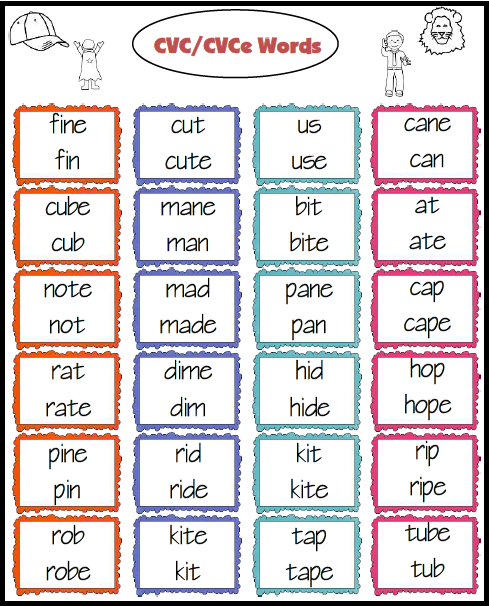
• Starting from the older group, children can be taught to distinguish (with support on the read work) the main genre features of fairy tales, stories and poems.
• Draw the attention of preschool children to figurative words and expressions, help to feel the beauty and expressiveness of the language works.
Playing with books can instill interest in reading. After all, it is the game the main way of knowing the world around and there is no coercion in it.
Games with books
• Hide and seek with a book.
Show the children a new book (preferably hardcover) and ask the children to close their eyes. Hide the book somewhere in the group. Children with they will gladly go in search of it, and when they find it, they will be rewarded reading this book.
• “Heroes come to us”.
Use images of fairy-tale characters familiar to children in the classroom. To Dunno comes to visit children and asks to introduce the number 2. Or children perform the application of a balloon for Piglet, who accidentally burst ball. nine0003
• Guess what the book is about.
Have the children look at the illustrations in a book that they have not yet know, and offer to guess what this work is about.
• Little Artists.
After reading the book, invite the children to become artists and draw the most memorable and favorite episode of the work.
• Finish the story.
You tell the children the beginning and the middle of a fairy tale they know, for example, about Kolobok. Children need to come up with a different ending to the fairy tale. (for example, the fox scolded Kolobok for running away from his grandparents, and taken home). nine0003
• “Composing fairy tales”.
Sit in a circle with the children and try to compose your own fairy tale. Pick up, for example, a bunny toy and start telling a fairy tale: "One day Fluffy Bunny wanted to find friends." Having said this, pass hare for the next child. He needs to continue the story, for example: "He I asked my mother for permission and set off. The next child takes a hare in her arms and thinks out further, etc. If the fairy tale turned out to be successful, you can arrange it in a homemade book: write down the text, and the children will draw images. nine0003
• "Jump - and in another fairy tale!".
Invite the children to compose a new fairy tale about the well-known Kolobok. What else could have happened to him? (Maybe he nearly drowned in the river, eh did the fox save him?)
• Wrong fairy tale.
You tell the children a fairy tale they know, for example, "The Turnip", but with mistakes: “Grandfather planted a zucchini. And a big zucchini grew up. Grandfather became to pull the zucchini out of the ground, he cannot pull it out. The grandfather called his friend Ivan ... etc. ” Children need to listen carefully and correct inaccuracies. nine0003
• “What fairy tale am I from?”.
A toy, such as a fox, appears in front of the children and asks children: “Guys, I fell out of some book and now I don’t know where I am from. You do not Do you remember what story I'm from? Children remember: "Kolobok", "Teremok", "Chanterelle with rolling pin, etc.
• Table Theatre.
Introduce the Russian folk tale "Teremok" to the children in advance, and next time put several heroes on the table in front of the children, for example, toy mouse, bunny, wolf and hedgehog. Invite the children to remember the story "Teremok", name the heroes presented and say which of them was not in this fairy tale. Then the children name the missing heroes, and in conclusion you show puppet theater "Teremok" for children. After a while, children will be able to state your roles. nine0003
• "Staging and Dramatization".
Remind the children in advance of a certain fairy tale, for example, "The Turnip". Assign roles. With the help of minor attributes, designate the heroes: grandfather - a hat, a scarf for a woman, a ponytail for a dog, etc. Help the children artistically play and expressively tell your words.
• “Quiz on the topic “In the World of Books”.
Literary quizzes can be organized in older groups works. But the quiz will require a lot of preliminary preparation. Quiz tasks can be: "Find out who said so", “What fairy tale is this episode from”, “Listen to the text and determine what it is: fairy tale, story or poem", "Name the good (evil) fairy tale characters", “Remember what fairy tale these heroes are from (show the children an image, for example, three bears, etc.
• Give children creative tasks to take home. This is not only a reason once again tear the child away from the TV, but also the opportunity to help him learn be independent and be able to find and make the right decisions. Here it is also important cooperation between the child and the mother, because the child will need her help.
Such homework should be given no more than once a week, otherwise, it may cause a negative reaction of both children and parents. Be sure to highlight those children and parents who completed homework, if possible, reward these guys, and for sure next there will be more people who want to do their homework.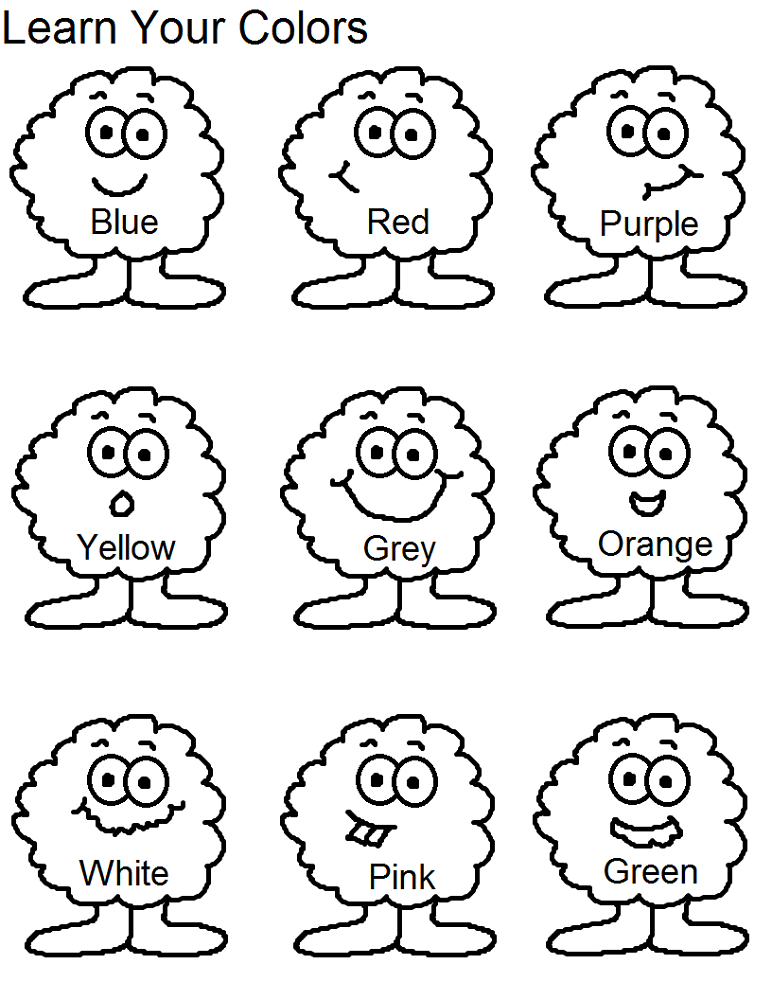 But by no means demand it from the child. The time will come - and he will also bring ready-made work. nine0003
But by no means demand it from the child. The time will come - and he will also bring ready-made work. nine0003
Creative activities could be:
• Ask the children to draw or model their favorite toy.
• Ask mothers to write a riddle on a piece of paper and the child let him draw the answer. You can draw pictures for counting rhymes or tongue twisters.
• Ask mother and child to choose a poem for a certain topic (about winter; about children, about animals, etc.) and draw together a drawing for this poem or paste a finished picture or photograph. nine0003
• Introduced the children to the number 2 - let them write on the landscape at home sheet this figure and draw two identical objects.
• Same with letters. Let them draw one thing beginning with an A, next with a B, etc.
• Ask the children to bring their favorite book. Find out from the child why he likes this piece. Introduce the rest of the guys with the brought book.
• Read the beginning of the book to the children in the garden and suggest the ending finish reading at home (only you must be sure that many have such a book, and for the rest of those who wish, you should have a few more copies in the group this particular book).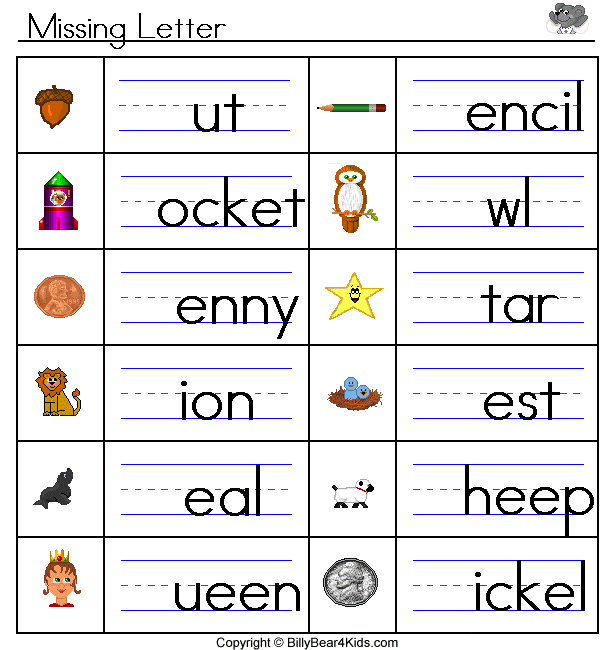 nine0003
nine0003
• Create a library in the group. Probably in every kindergarten a lot of good and good books have accumulated, languishing on dusty shelves. Arrange book fairs for parents and children and encourage them to read this or that book. another book. Offer to take group books home. So the children get access to books that interest them.
• Take your children to libraries, museums, theatres. It will significant and bright events in the life of every child. Separately want say about the library. The library is a special sacrament through which the child enters the world of fairy tales, fantasies, opportunities to touch the experience and wisdom accumulated by mankind. This is also a big responsibility when, taking in the hands of a book, the child then returns it so that others can read it children. nine0003
• And another important point - it is necessary to instill a culture of dealing with books. Books cannot be painted, crushed, thrown on the floor and torn. After Reading a book is immediately put away.
• Agree with all children and parents that one specific a day of the week will become a day without TV. And I wonder if it's real for your children and what will come of it? Just make sure you tell your parents entertain your child: you can read an interesting book, play a board game game, put together a mosaic, assemble puzzles, build a fabulous city, or you can cook dinner together, fix broken toys, wipe dust. Yes, you never know what else! The next day, be sure to ask the children and parents, whether they managed to survive without TV. Reward (at least paper medals) "heroes of the day". nine0003
• Start a "Book of Tips and Suggestions" in the group where parents will be able to exchange with you and each other their ideas, opinions and questions. Perhaps one mother will find some wonderful book for children, another - will offer to go to a wonderful performance, the third will describe the rules of an interesting games, and the fourth one asks a question that concerns her, etc.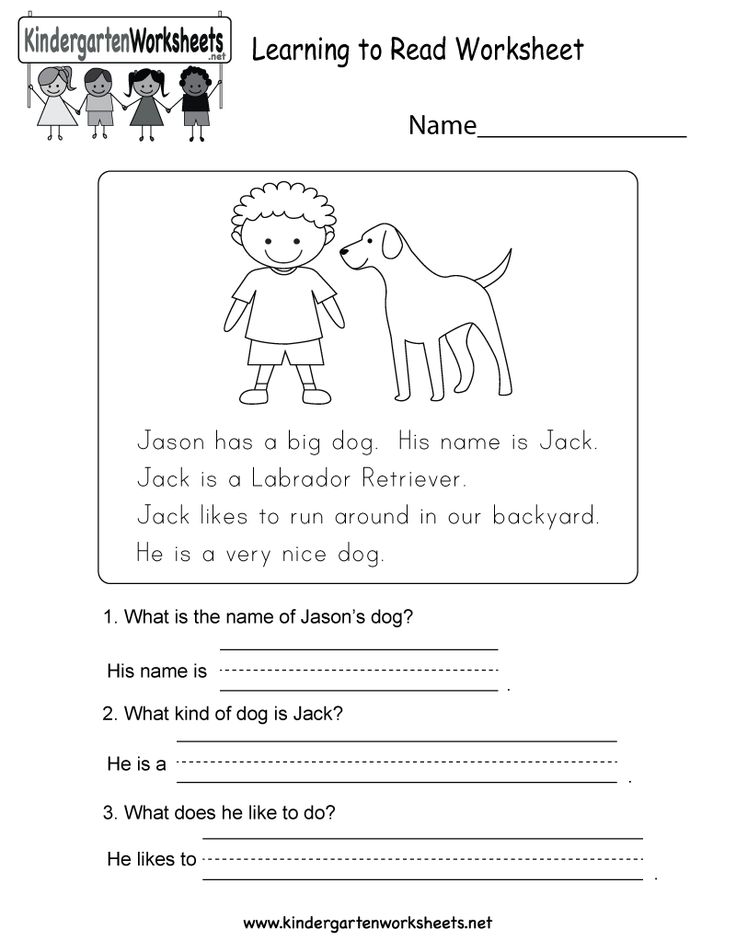
• Once a year at the end of March, a “Children's Book Week” is held. You can arrange an exhibition of books, a theater production for parents, organize holiday events. nine0003
• After your children have made some progress in the world of books, start "educating" your parents, even though they don't like it very much. But no matter how the role of kindergarten teachers in introducing children to reading was important, much depends on the parents: it is the parents who read to the child his first children's books and It is the parents who have the greatest influence on the upbringing and formation tastes and preferences of children. Therefore, it is very important to involve parents and make their active participants in the pedagogical process. nine0003
After the questionnaire, having determined the wishes of the parents and their attitude towards this problem, you will be able to build the most appropriate actions for solving the assigned tasks. Parents will trust you and become yours reliable supporters if they understand that you really want to help them.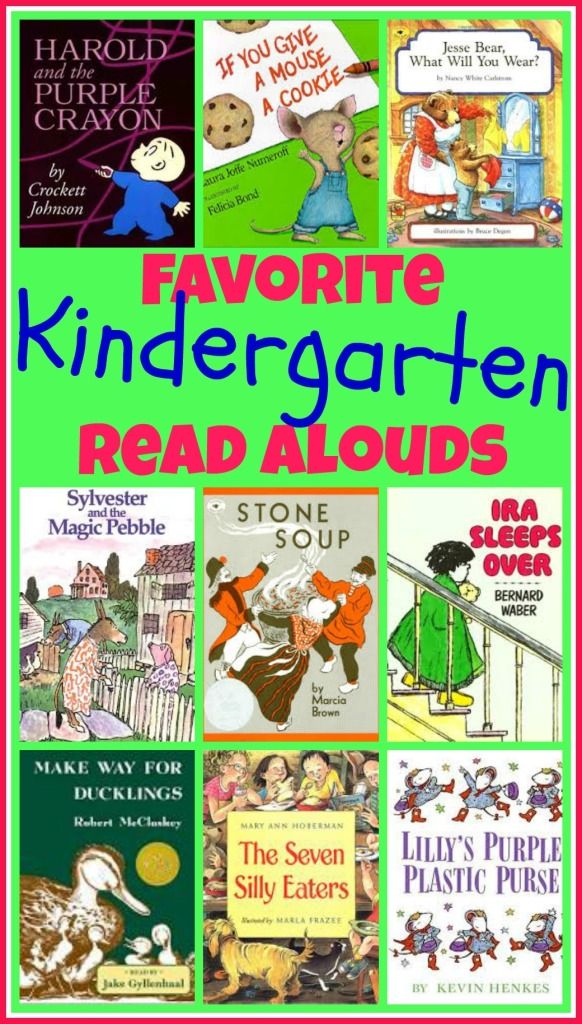
Give parents some actionable advice:
Personal example . Children want to be like you and in everything they take an example from their parents. When a child sees his mother, spending the whole day watching TV, it is unlikely that he will love to read books. And if in It is customary for a family to read both a lot and good things, then the child will also read. What It may be more natural - parents read - the child also reads. nine0003
Reading before bed . Every evening read to your to kid. Children do not really want to go to bed and will be happy with the opportunity to help evening reading to postpone going to bed. Over time it will become peculiar bedtime ritual.
Read every day . If a child asks to read never refuse him. Even if you have very little time, read at least a couple of pages a day.
Thick books . Don't be afraid to read large books to children books, at least a chapter a day. Such reading "with continuation" contributes to development of memory and attentiveness, and also supports interest in reading.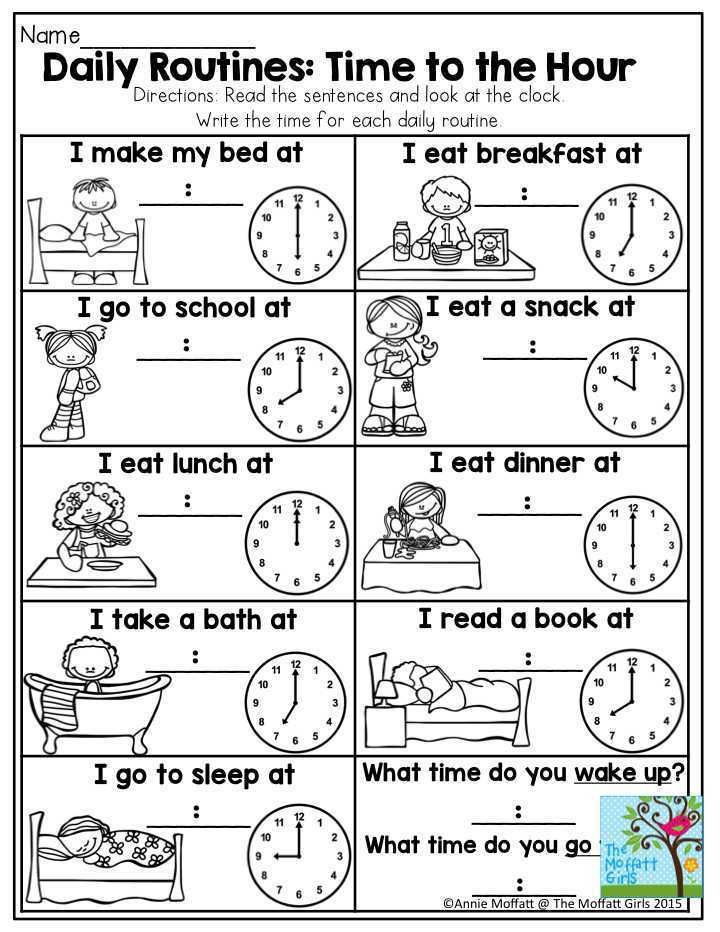 After all The child really wants to know what will happen next with their favorite characters. nine0003
After all The child really wants to know what will happen next with their favorite characters. nine0003
Stories instead of books . Perhaps you really have no time read books to a child. Then tell your child the stories you made up, retell the books you remember as a child. For this it is not necessary make special time: walk down the street with your child and tell him history or something else. And when your imagination runs out, do so. Always have children's books handy, and if at home or on your way to work If you have a free minute - take advantage of it. Thus, you always there will be something to tell the child. All you have to do is focus your child's attention on that you got this information or story from a book. For sure baby then he will ask you to show him this book in order to consider the illustrations in it. nine0003
Book - on the road . Make it a rule to go out at home, take 1-2 books with you. Suddenly an opportunity presents itself (in on the bus, in the car, in line at the doctor) and you can read to your child!
TV - as little as possible .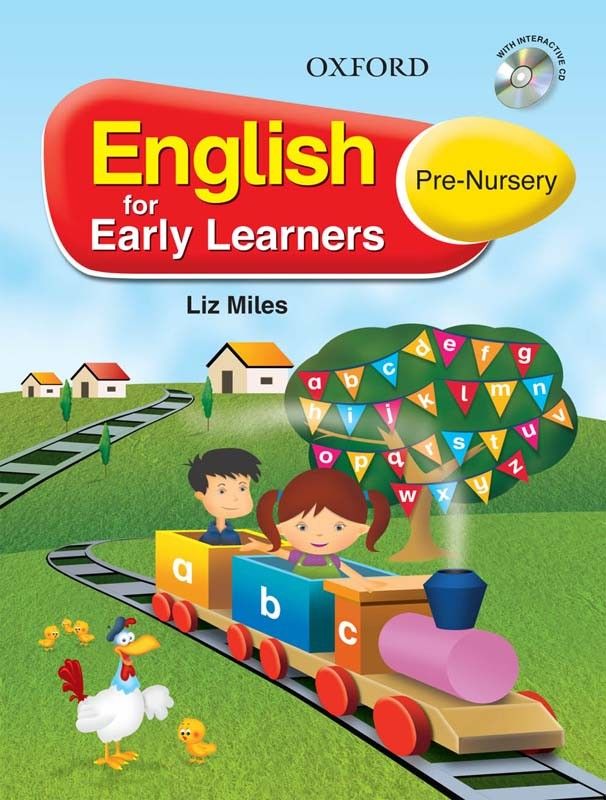 Protozoa the way to turn off your brain is to turn on the TV. I do not argue, the children really may draw interesting information from some carefully selected children's gear. But at the same time, children get used to the fact that all answers come to them themselves. The guys become inquisitive students and they are suppressed desire to make their own discoveries. So try to sit less TV, and when the baby watches, watch with him. nine0003
Protozoa the way to turn off your brain is to turn on the TV. I do not argue, the children really may draw interesting information from some carefully selected children's gear. But at the same time, children get used to the fact that all answers come to them themselves. The guys become inquisitive students and they are suppressed desire to make their own discoveries. So try to sit less TV, and when the baby watches, watch with him. nine0003
Personal library . Set aside bookcase space for lower shelves specially for children's books, to which the child will always open access. The children's library should be made up of books not only bright and attractive in design, but also interesting, instructive in content, and also multi-genre: folklore, poetry, stories, fairy tales, novellas, encyclopedias, children's magazines, teaching and development aids.
The book is a welcome gift for your child! nine0020 Day birthday and any other holiday is a great occasion to give a child a book.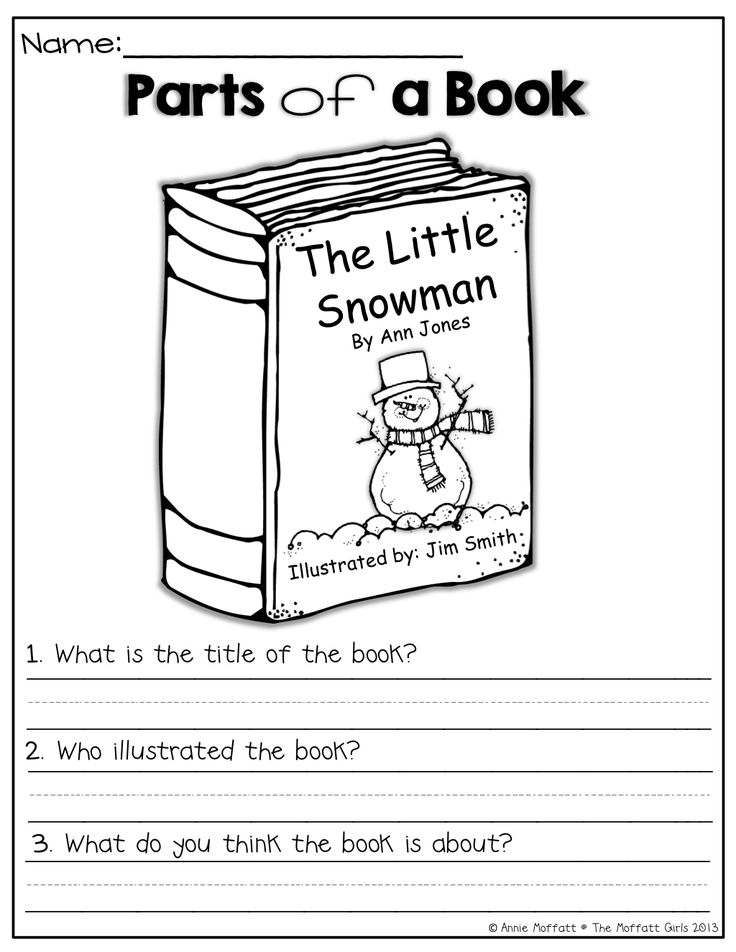 Just try to pick up a book that will definitely suit your needs. the child likes it. Sometimes it's good to take your child to the bookstore. Let the kid buy himself a favorite book. Suggesting to a son or daughter certain book, tell us what it is about. If you yourself read and remember share your impressions. If you bought a book for your child, but he did not show it interest, perhaps he has not yet grown up to her. And here we come to another a question that concerns parents: what kind of books to buy a baby so that they do not accidentally hurt him? nine0003
Just try to pick up a book that will definitely suit your needs. the child likes it. Sometimes it's good to take your child to the bookstore. Let the kid buy himself a favorite book. Suggesting to a son or daughter certain book, tell us what it is about. If you yourself read and remember share your impressions. If you bought a book for your child, but he did not show it interest, perhaps he has not yet grown up to her. And here we come to another a question that concerns parents: what kind of books to buy a baby so that they do not accidentally hurt him? nine0003
When choosing a book, remember:
1. The book must correspond to age and mental development child.
2. Maintain accessible, acceptable in the psychological and pedagogical plan material.
3. Children's books for the youngest (from one to three) should be small in size, with bright and clear pictures. Best of all, stories in which characters familiar to the child act - people, animals, and even objects, because small children perceive the entire surrounding reality as living and animated.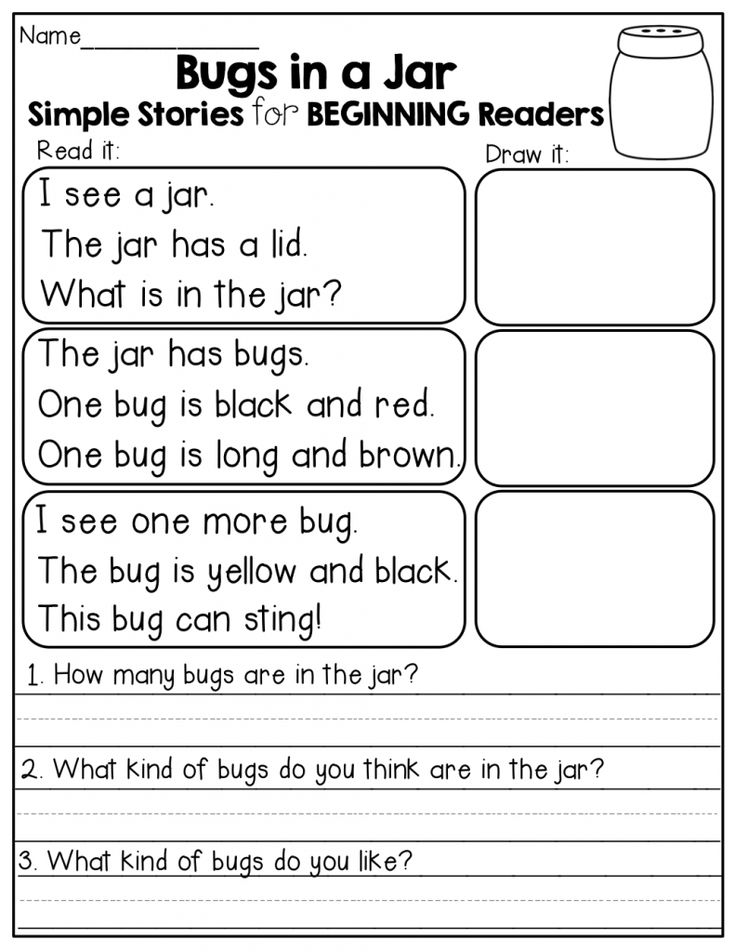 nine0003
nine0003
4. Modern literature for children is diverse and extensive in content. If you are afraid of making a mistake in choosing a worthy book, get books of time-tested authors (poems by A. Barto, S. Mikhalkov, K. Chukovsky, S. Marshak, V. Berestov, I. Tokmakova, E. Blaginina, A. Usachev and others, fairy tales and stories by A. Pushkin, P. Bazhov, E. Charushin, L. Tolstoy, B. Zhitkov, M. Prishvin, V. Bianchi, A. Gaidar, A. Tolstoy, V. Suteev, E. Uspensky, G. Oster, T. Kryukova, S. Kozlov and others, folk tales, as well as wonderful author's tales of foreign authors: Ch. Perrault, the Grimm brothers, G. H. Andersen, A. Milne and others). nine0003
images - similar to real ones, in colors that are pleasing to the eye, in all details correspond to the text, evoke positive, benevolent emotions.
6. The book must have a hygiene certificate.
We hope our article has helped you look at the BOOK in a new way. After all, it is in our power to help children discover the wonderful world of books before them.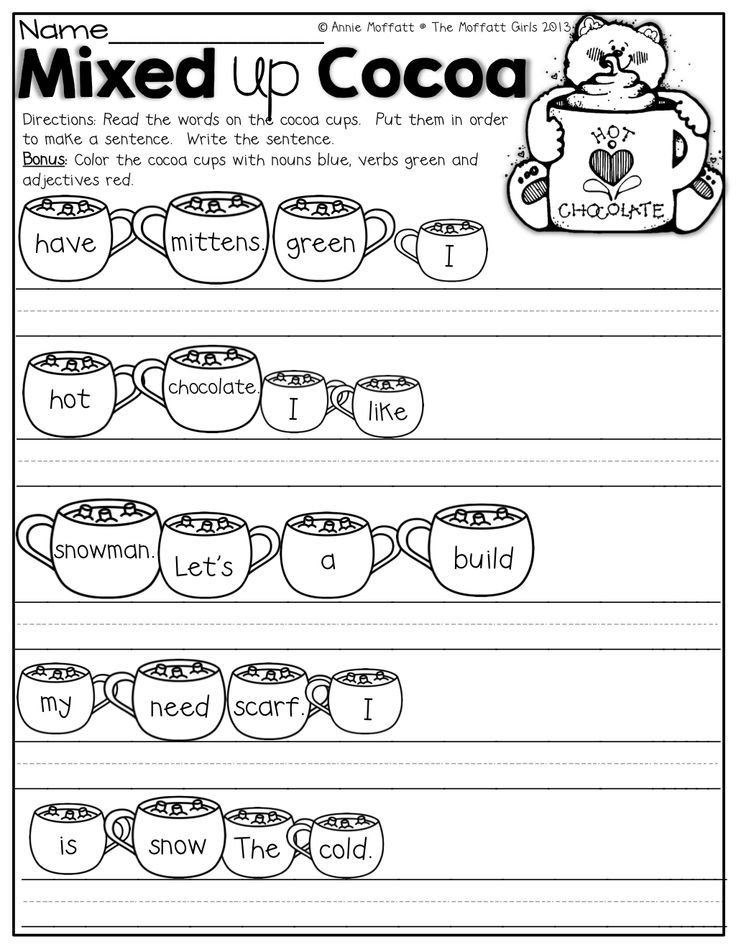 And if we succeed in instilling a love of books, know that you have gifted your child the dearest, most precious gift in his life, capable of making him very happy and very rich. In addition, a child who reads books will bring sincere pleasure, will always study well at school and will find what to do in your free time. nine0003
And if we succeed in instilling a love of books, know that you have gifted your child the dearest, most precious gift in his life, capable of making him very happy and very rich. In addition, a child who reads books will bring sincere pleasure, will always study well at school and will find what to do in your free time. nine0003
How to read to children.
1. Before listening of a work of art must be removed from sight of all interesting toys, entertaining household items - everything that can interfere with the child listen to a story or story.
2. Artistic text must be selected in accordance with the age and individual characteristics of the child.
3. Acquaintance with literary the work takes place by ear, so an adult should pay special attention pay attention to the ability to expressively read the text, to make logical stresses in the right places, observe the necessary pauses. nine0003
4. Show your child colorful illustrations to help you better understand the text.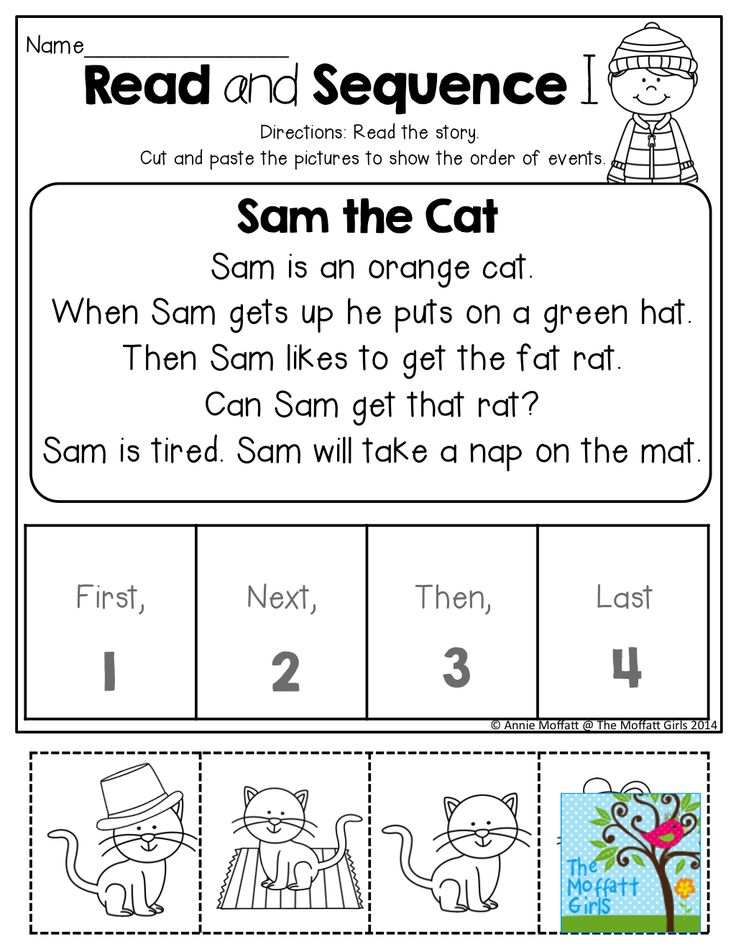 At preschool age everything is taken almost literally, which means that when choosing a book, pay attention attention to the fact that the proposed illustrations are as detailed as possible. realistic.
At preschool age everything is taken almost literally, which means that when choosing a book, pay attention attention to the fact that the proposed illustrations are as detailed as possible. realistic.
5. While reading a literary works it is desirable not to be distracted by extraneous matters. remember, that six-year-olds are able to actively and productively engage in one activity activities about 15 minutes. Find this time for your child. nine0003
6. Be sure to ask your child reading questions.
7. Instill in your child from childhood a love for the book, a careful attitude to it.
Parent Information
APPLICATION FORMS:
- Preschool Application Form
- Receipt for the provision of documents
- Application form for training in an adapted educational program for preschool education
- Seat Resignation Form
- Application form for expulsion from the preschool group
- Vacation Application Form
CATERING:
- This link takes you to the Department of Education website, which contains regulations on catering and compensation for care and maintenance, memos for parents and an email address for questions.
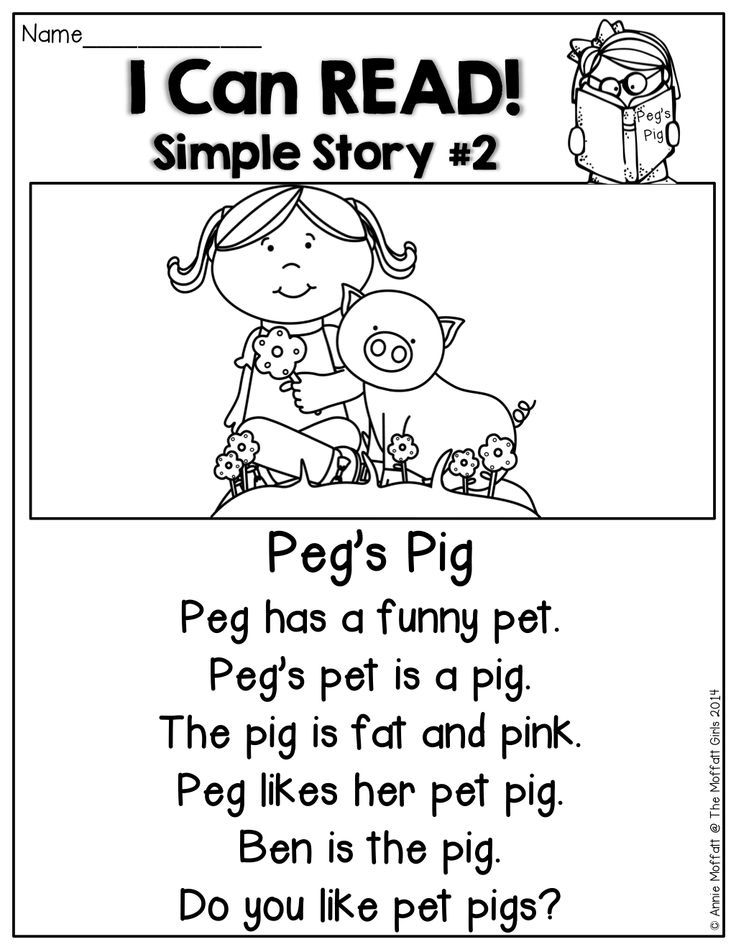
- ORDER dated 08/08/2019 No. 34-np "On amendments to the order of the Department of Education of the Yaroslavl region dated 03/25/2014 No. 34-np"
Dear parents! You can see your children's daily menu here: Hot meals at school
Parent information corner
Dear parents! Today we will talk with you on an interesting and exciting topic: “How to form an interest in communicating with a book, reading in preschool children”?
I don't think it's worth mentioning that there is a tendency in society to reduce the interest and need for reading. Especially worryingly, this affects children, who are more attracted to watching TV, playing games on tablets and computers. Yes, and many parents prefer electronic games of a developing and educational nature, rather than reading fairy tales to their child or doing them. But it is precisely the preschool age that is distinguished by curiosity and emotionality. It is at this age that interest in the book is born, the reader's experience is acquired.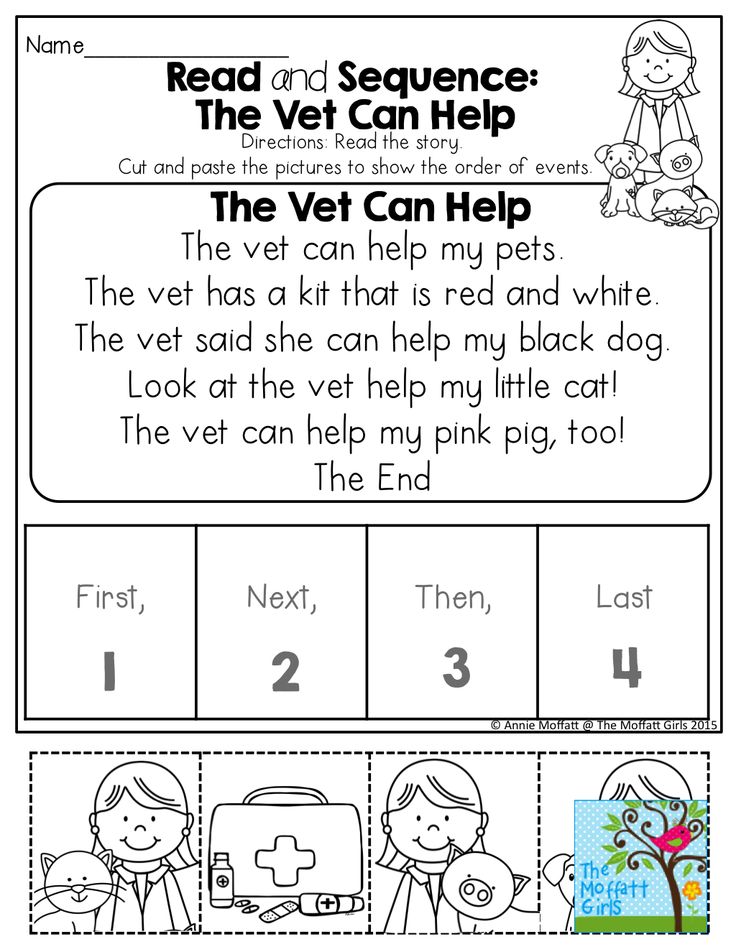 nine0236 Therefore, to form a need for reading in a preschool child is a very important task for teachers and parents.
nine0236 Therefore, to form a need for reading in a preschool child is a very important task for teachers and parents.
The process of forming a child's interest in a book and its content at preschool age is largely determined by the extent to which parents are involved in this process, what is the attitude of the family to the book, how the process of reading at home is organized, and how much interest in what is read in kindergarten is maintained. From talking with children about whether parents read books to you, I came to the bitter conclusion that some parents do not attach much importance to the role of books in the development of the child, while others hope that the child will acquire the necessary reading experience in kindergarten. However, if this issue is not dealt with in a timely manner, it will be difficult to form an interest in reading in elementary school, and in some cases it is impossible.
One of the important ways to solve this issue is the systematic work of introducing the child to reading children's literature both in preschool and in the family.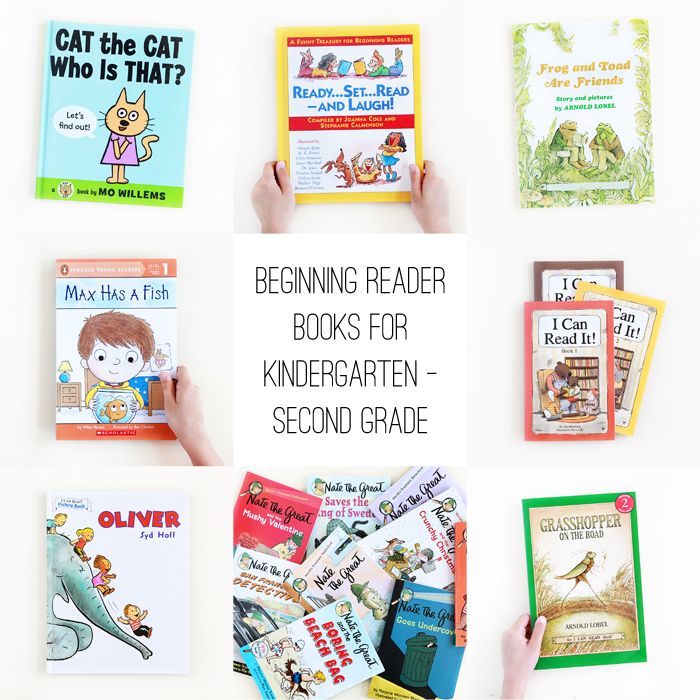 It is the family with its unique atmosphere of kinship, intra-family relations, the love of parents that provides children with psychological comfort. And the child's love and trust in his parents make him particularly susceptible to their influence. It is necessary to maintain constant cooperation between the family and the kindergarten and be a logical continuation of the work. nine0255 - An appropriate subject-developing environment is organized in kindergarten groups, at home there should also be a corner with books selected by the age of the children. There, the child, together with his parents, gets acquainted with new books and shares what he has read with the children in a group (with a demonstration of the book).
It is the family with its unique atmosphere of kinship, intra-family relations, the love of parents that provides children with psychological comfort. And the child's love and trust in his parents make him particularly susceptible to their influence. It is necessary to maintain constant cooperation between the family and the kindergarten and be a logical continuation of the work. nine0255 - An appropriate subject-developing environment is organized in kindergarten groups, at home there should also be a corner with books selected by the age of the children. There, the child, together with his parents, gets acquainted with new books and shares what he has read with the children in a group (with a demonstration of the book).
- If possible, take your children to the nearest library.
- Spend more time to familiarize the child with his native land, with his small homeland (tell about the traditions of our ancestors, the history of the village, its culture, introduce the art of our fellow countrymen, introduce the heroes of our village, spend more time in nature, each time paying attention to its characteristics).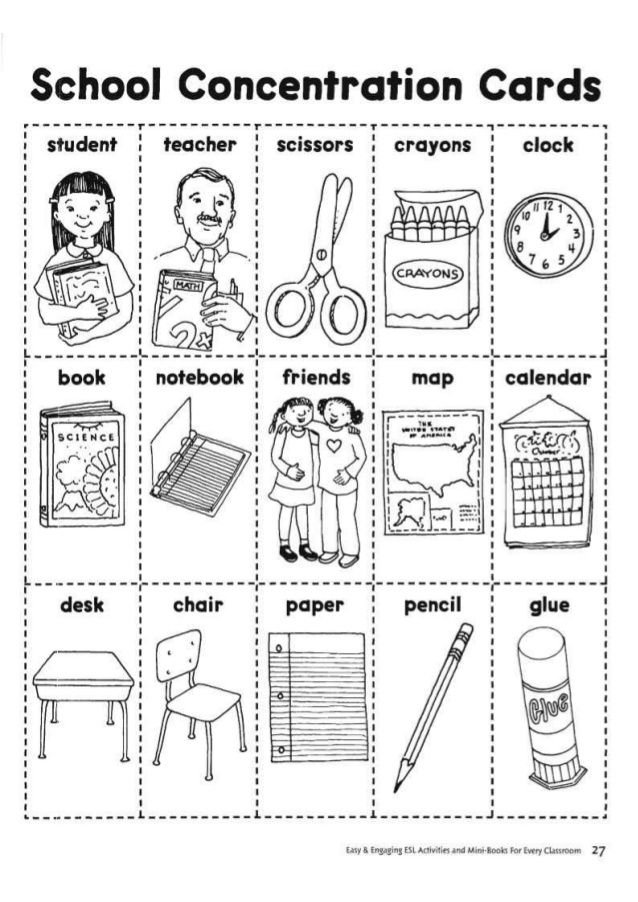 This will keep you in child interest in knowledge, motive to search for new information.
This will keep you in child interest in knowledge, motive to search for new information.
- It is necessary to help the child to realize himself in independent creative activity. Read a fairy tale or story, draw the characters of the work or plot, bring the work to the garden, show and tell grandmother, etc.
- Choose a book together in the store, jointly discussing the need to choose a particular book, getting acquainted with its contents.
- Encourage and support the desire and participation of the child in various creative competitions (competition of poems, songs, dances, drawings; theater activities, dramatization games, role-playing games ...) while not forgetting to refer to additional information that can be found together in books (about the author of poetry, about the artist, the history of the origin of dance, tell about the theater and its work, play a fairy tale plot together, etc.). nine0003
- Ask every day about what you read today? What poem did you learn? And let's remember the verses that you know with you! I like them so much.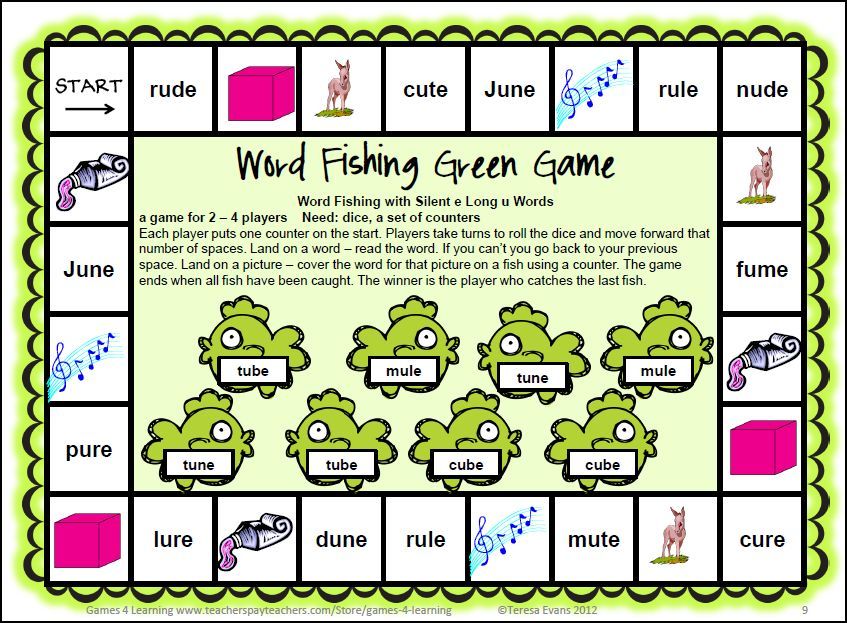 Showing your interest in the activities of the child, you thereby stimulate him to the manifestation of greater cognitive activity.
Showing your interest in the activities of the child, you thereby stimulate him to the manifestation of greater cognitive activity.
Dear parents! Try to be an active partner in all creative endeavors of the kindergarten. Take an active part in all activities with your children. Live this period (preschool childhood) together, not side by side. It is during this period that you need to have time to lay down and develop all the best, to form all the most valuable. nine0255 To form a child's interest in reading at this age through various activities means taking care of his intellectual, moral, spiritual potential, opening the way to the most important source of information - a book!
7 secrets of cultivating interest in reading.
1 secret. Read for yourself.
It is not our words that bring up a child, but deeds and the environment. A family where parents often read and discuss books is likely to grow up to be a good reader. Want to instill an interest in reading in your child? Read for yourself and read to your child, talk about what you read, discuss books.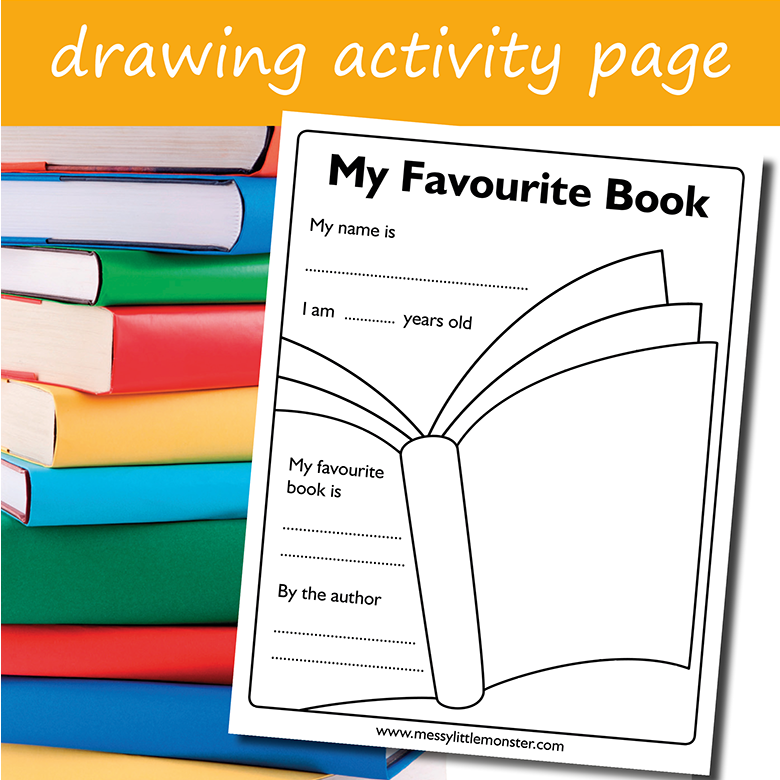 nine0255 2 secret. Learn by playing.
nine0255 2 secret. Learn by playing.
A person will never love what is given to him with difficulty. He will endure, but not love. If you teach a child to read, teach in a way that makes it easy and interesting for him, teach while playing. Only in the game can a child learn without feeling pressure, without experiencing stress and negativity. It is in the game that the best results are achieved at the lowest cost.
3 secret. All through interest!
In the first place is the interest of the child, and not what you want or need. Read those books that your child likes, that are interesting to him. Read books by age! And if, in fact, you need to read something that does not delight the child, then help the child read and understand, read it together. nine0255 4 secret. Book design.
Pay attention to the design of the book. Children simply need illustrations in the book, good quality paper and clear type. It is very good if each page has a large illustration and some text.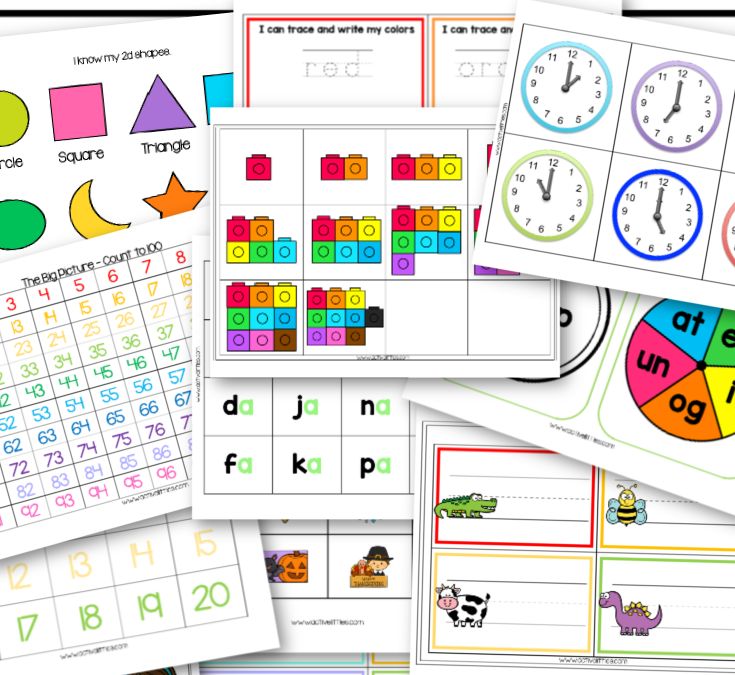 Because a large amount of text causes fear, tires the child and reduces the ability to understand the text.
Because a large amount of text causes fear, tires the child and reduces the ability to understand the text.
5 secret. Use the Cassil method.
Find an interesting book and start reading. Get to a very interesting moment, where some kind of intrigue is created, a turning point in events, and suddenly remember that you need to do something urgently - stop reading. Leave the book with a bookmark and tell your child that he can wait until tomorrow or try reading on his own. Of course, the child will want to know the sequel, but not everyone will pick up a book and start reading. Someone will wait until tomorrow. But if the child took the book and began to read, then it is worth praising him and offering to read it together (line by paragraph). The next time the child will again take the book and begin to read it in the hope that you will immediately come to the rescue. But don't rush. Of course, it is necessary to praise him for his desire to read, but it is not immediately possible to come to the rescue.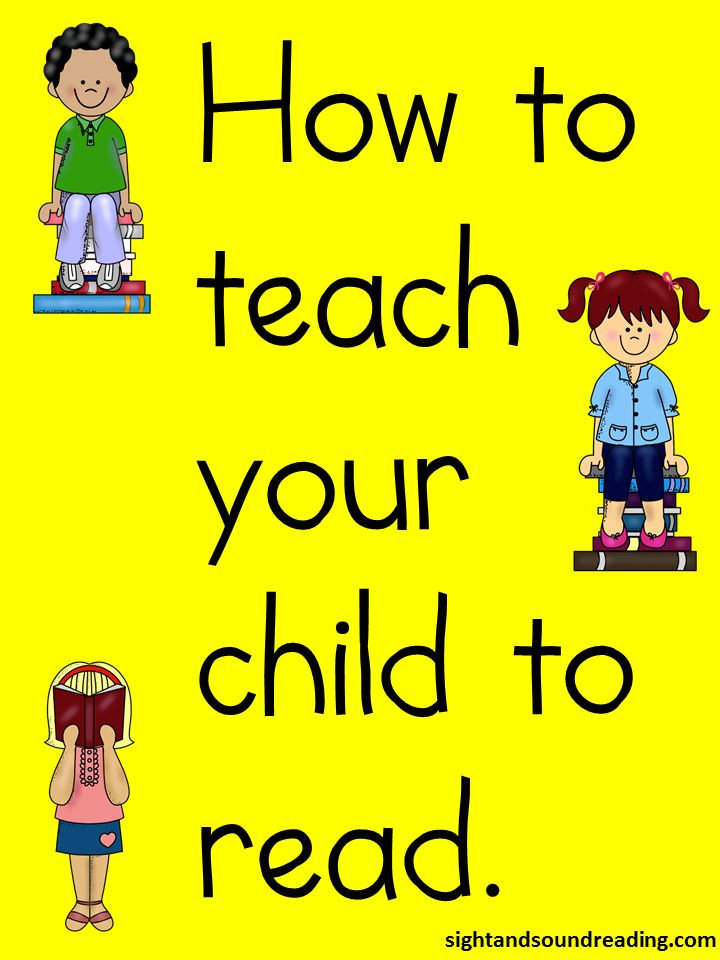 Let him read a little. And only then you offer to read alternating. And so every time you praise the child for the desire to read, but help to finish reading later and less. So gradually you will reach the moment when the child finishes everything himself. nine0255 6 secret. Read to a child!
Let him read a little. And only then you offer to read alternating. And so every time you praise the child for the desire to read, but help to finish reading later and less. So gradually you will reach the moment when the child finishes everything himself. nine0255 6 secret. Read to a child!
Read to your child, even if he can already read. In any case, you will read better than the child, show him an example of correct and expressive reading, and help him better understand the meaning of the text. By reading with your child, you will get to know the interests of the child, his thoughts and desires better. And the child will feel your support and interest, which contributes to the development of mutual understanding. Joint reading also contributes to the development of mindfulness, because an adult can always ask a clarifying question, and the child needs to answer it. nine0255 7 secret. We develop interest through the situation of victory.
Ask your child problematic questions, provoke an argument and offer to find out who is right with the help of a book. Of course, the child wants to prove that he is right, and most likely, he will look for proof of his innocence. At first, of course, it is necessary to adjust the question so that the child is still right. This forms success and reinforces the feeling of pleasure from the process of finding evidence. The child understands that he read not in vain. There are many such controversial questions. For example: children from kindergarten know that a swallow is a migratory bird. And you say no, the swallow hibernates, only she hides under the bark of trees or burrows into the ground. And show that it is written in this book. Most children will prove what they were told in kindergarten or school. And you stand your ground and offer to find the answer in the book. Of course, you need to know in advance where you can find the answer and show the child this page or chapter. But how much joy the child will have when it turns out that he is still right! Be sure to praise your child for wanting to find the right answer and admit that you were wrong.
Of course, the child wants to prove that he is right, and most likely, he will look for proof of his innocence. At first, of course, it is necessary to adjust the question so that the child is still right. This forms success and reinforces the feeling of pleasure from the process of finding evidence. The child understands that he read not in vain. There are many such controversial questions. For example: children from kindergarten know that a swallow is a migratory bird. And you say no, the swallow hibernates, only she hides under the bark of trees or burrows into the ground. And show that it is written in this book. Most children will prove what they were told in kindergarten or school. And you stand your ground and offer to find the answer in the book. Of course, you need to know in advance where you can find the answer and show the child this page or chapter. But how much joy the child will have when it turns out that he is still right! Be sure to praise your child for wanting to find the right answer and admit that you were wrong.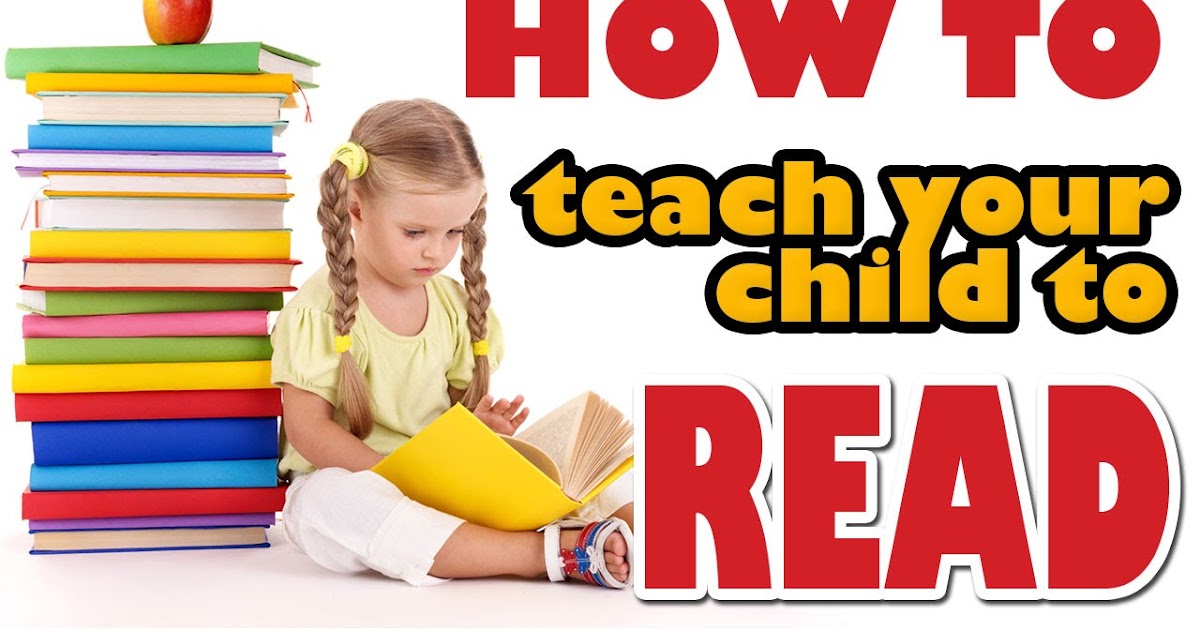 Tell the child. Retell the most interesting moments from the books to your child and show where you can read the sequel. Tell interesting facts about the life of animals and plants, about transport and weapons - all this can be easily found in encyclopedias and show where you can read it. Come up with various tests based on the works of children's authors, for example, on Pushkin's fairy tales. Compose stories and fairy tales with him, write them down in the form of books and give them to friends. nine0003
Tell the child. Retell the most interesting moments from the books to your child and show where you can read the sequel. Tell interesting facts about the life of animals and plants, about transport and weapons - all this can be easily found in encyclopedias and show where you can read it. Come up with various tests based on the works of children's authors, for example, on Pushkin's fairy tales. Compose stories and fairy tales with him, write them down in the form of books and give them to friends. nine0003
If you rely on these secrets in communicating with your child, you will definitely interest him in reading. A reader is always an interesting and successful person.
Reading to children is wonderful, reading correctly is productive (effective) reading. The process of reading is carried out by teachers in regime moments, at GCD using one or another technology.
- What is technology? This is a sequence of steps.
- What is productive reading? Productive from the word "product".
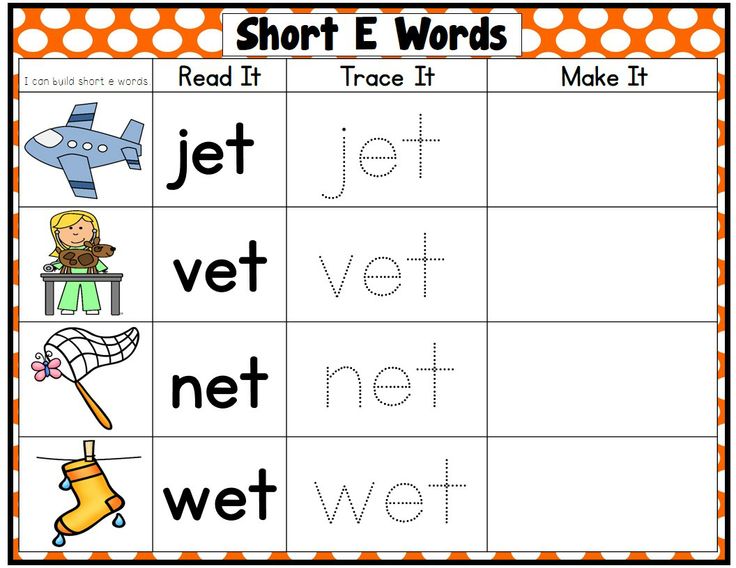 nine0281
nine0281 - What can be the product of reading? Result.
- And what result can be from reading? Perception of the text - emotional response - reasoning - a series of questions and understanding of the meaning of what was read!!!
And in order for the child to understand the meaning, it is necessary:
- Read emotionally, expressively, make logical stops;
- pay attention to unfamiliar words and immediately explain them without making long pauses and not distracting the child's attention; nine0281
- in the course of reading, you can ask, as it were, a question to the author. These are short questions - answers that can be learned in the process of reading, for example: “What will happen now?”, “How can this be explained?”, “Why exactly?”, “Why did he do this?” and a number of other questions. The question, as it were, “hangs” in the air, it does not need to be answered, but this question, questions begin to activate thought processes in the child’s head.
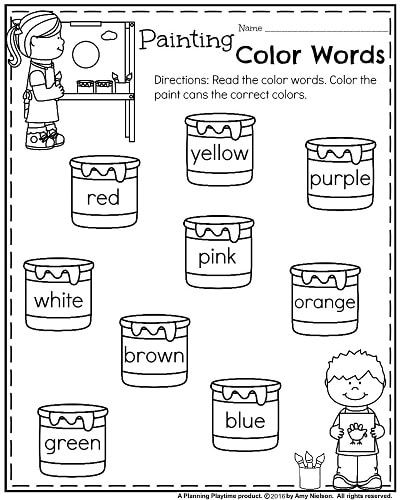
Learn more

